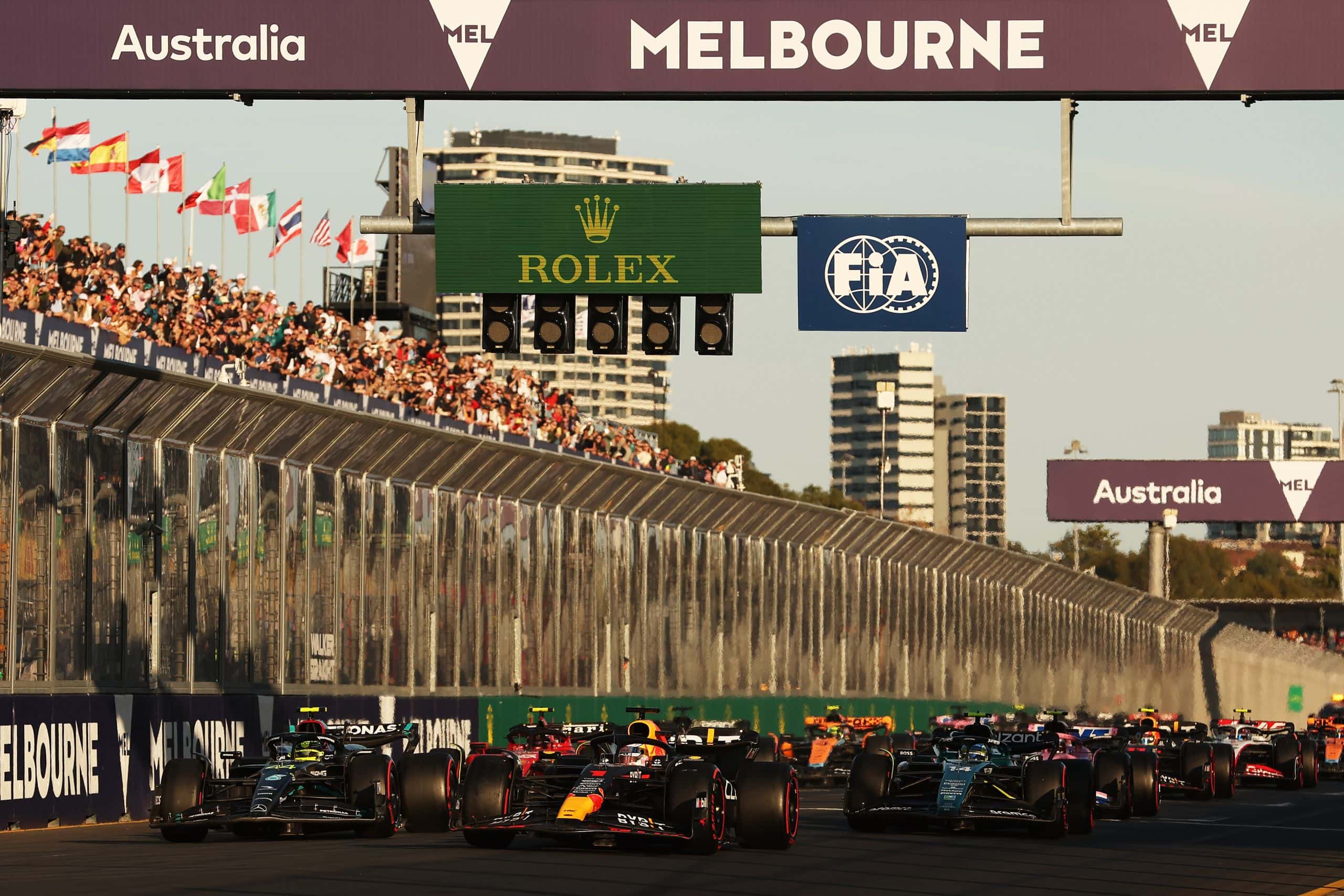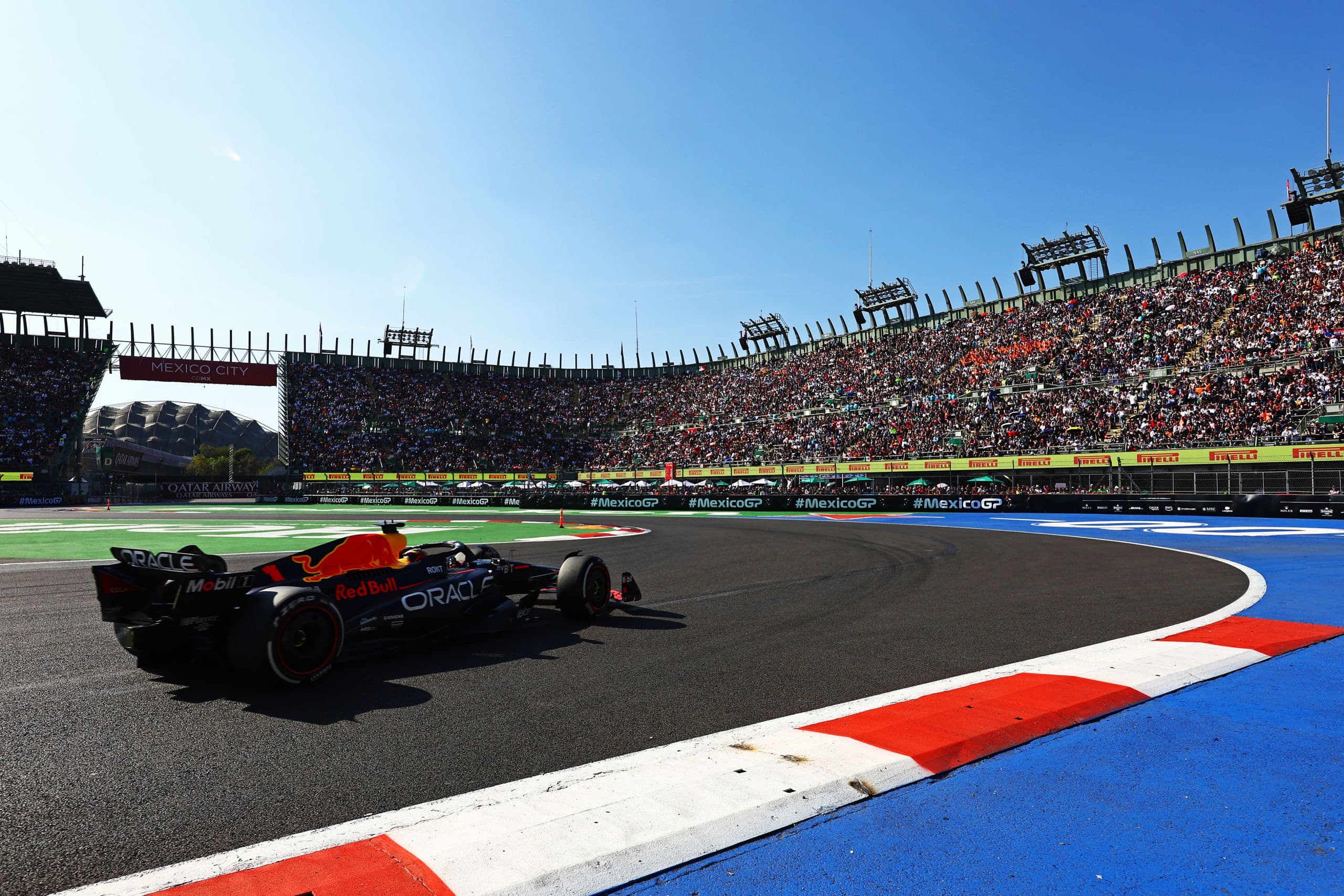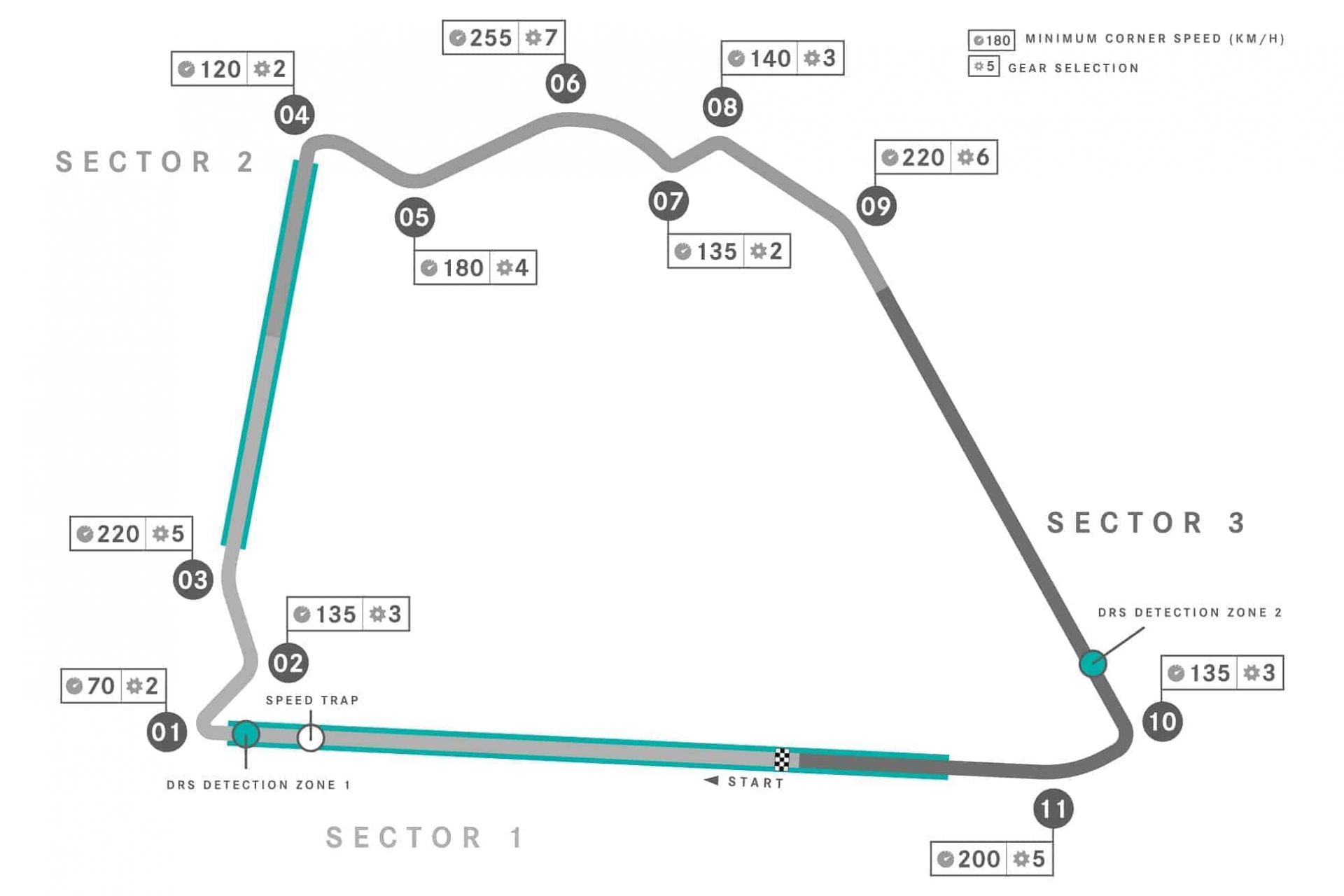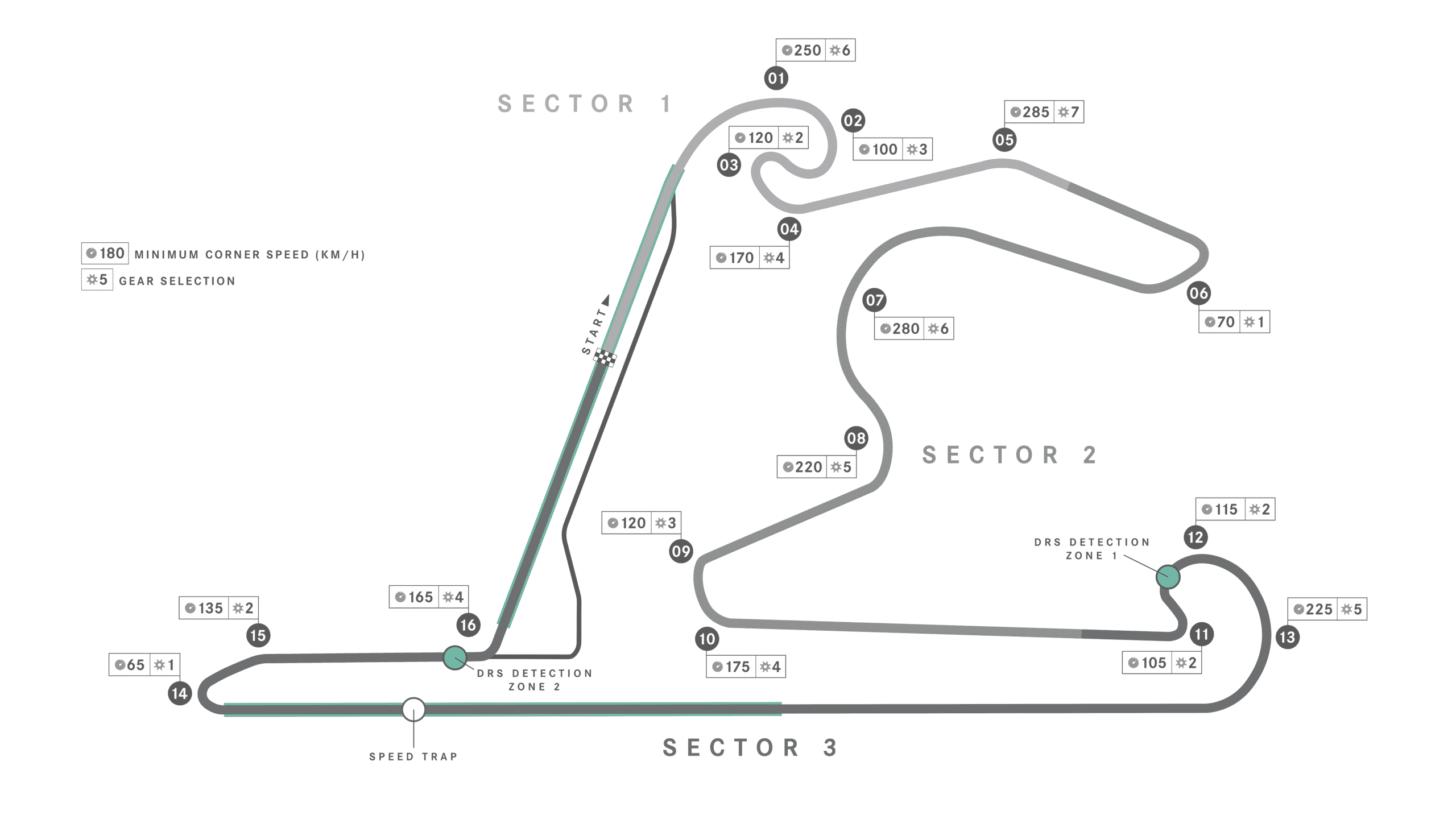Formula 1 Circuit Maps | F1 Tracks
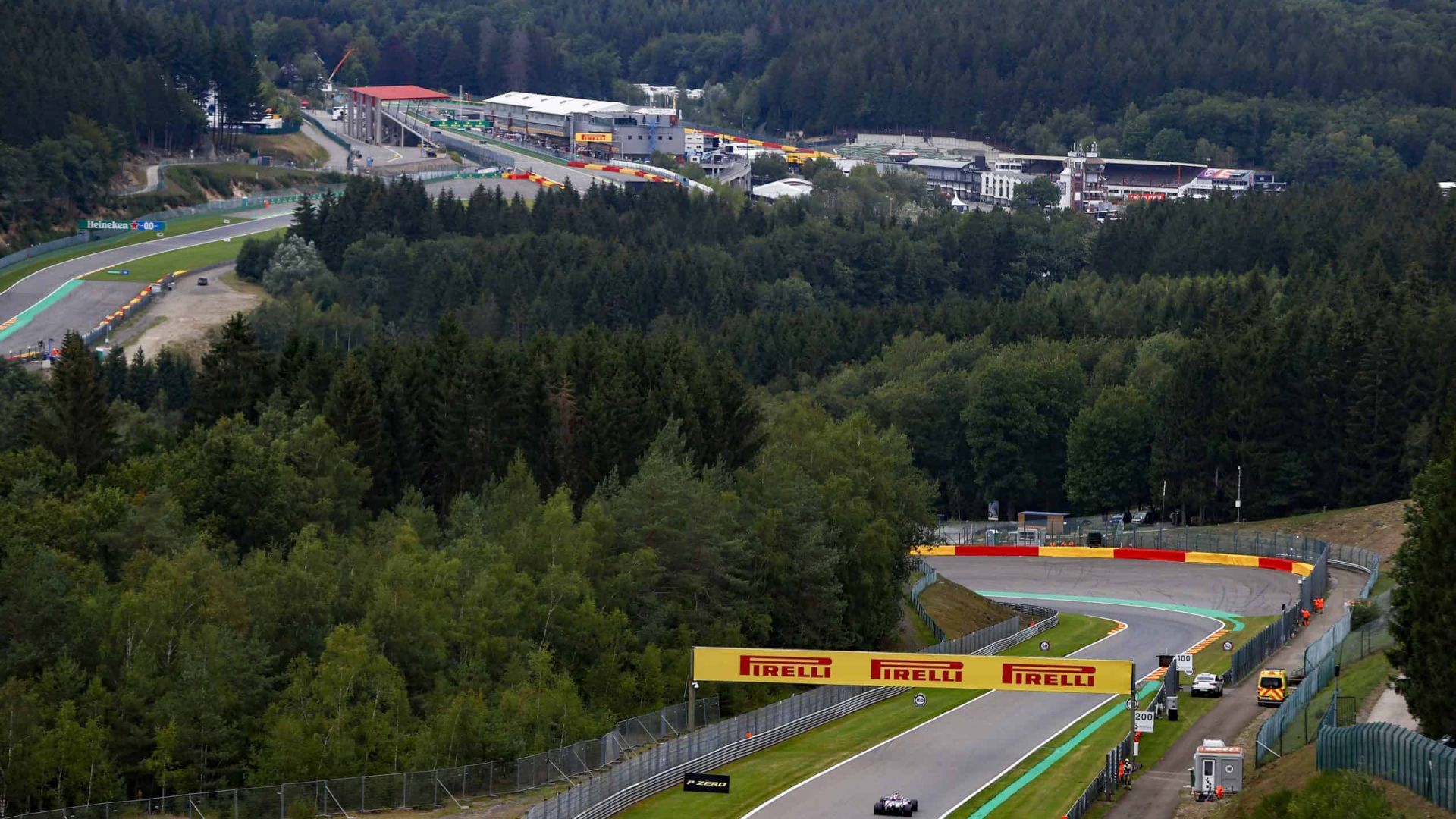
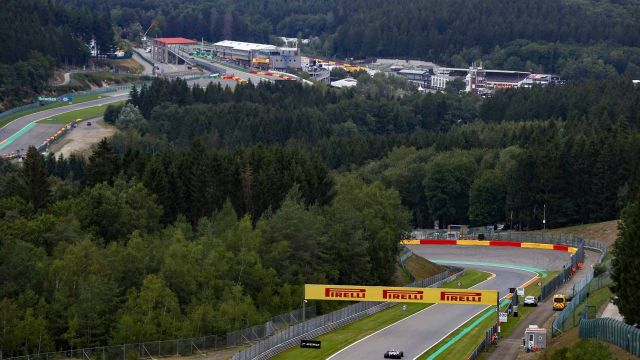
As we gear up for an incredible 2024 F1 season, it’s important to acknowledge the sport’s continued connection to its rich history and timeless circuits. Remarkably, four of the seven tracks that hosted races during the inaugural season of the modern World Championship in 1950 – Silverstone, Circuit de Monaco, Circuit de Spa-Francorchamps, and Autodromo Nazionale Monza – are still featured on the 2024 race calendar. This serves as a testament to the enduring legacy of Formula 1 and its commitment to preserving its heritage.
However, 24 races on the calendar, that’s a lot of F1 track maps to get your head around. Below you will find Formula 1 circuit maps, complete with cornering speeds, gear selection, and DRS zones.
Each map provides a lot of discussion on the Subreddit r/F1Technical so make sure you head over and join in the conversation.
This post will be updated with new maps throughout the 2024 FORMULA 1 season.
Formula 1 Circuit Maps
Albert Park Circuit
- First Grand Prix: 1996
- Number of Laps: 58
- Circuit Length: 5.278km
- Race Distance: 306.124 km
- Lap Record: 1:20.235 Sergio Perez (2023)
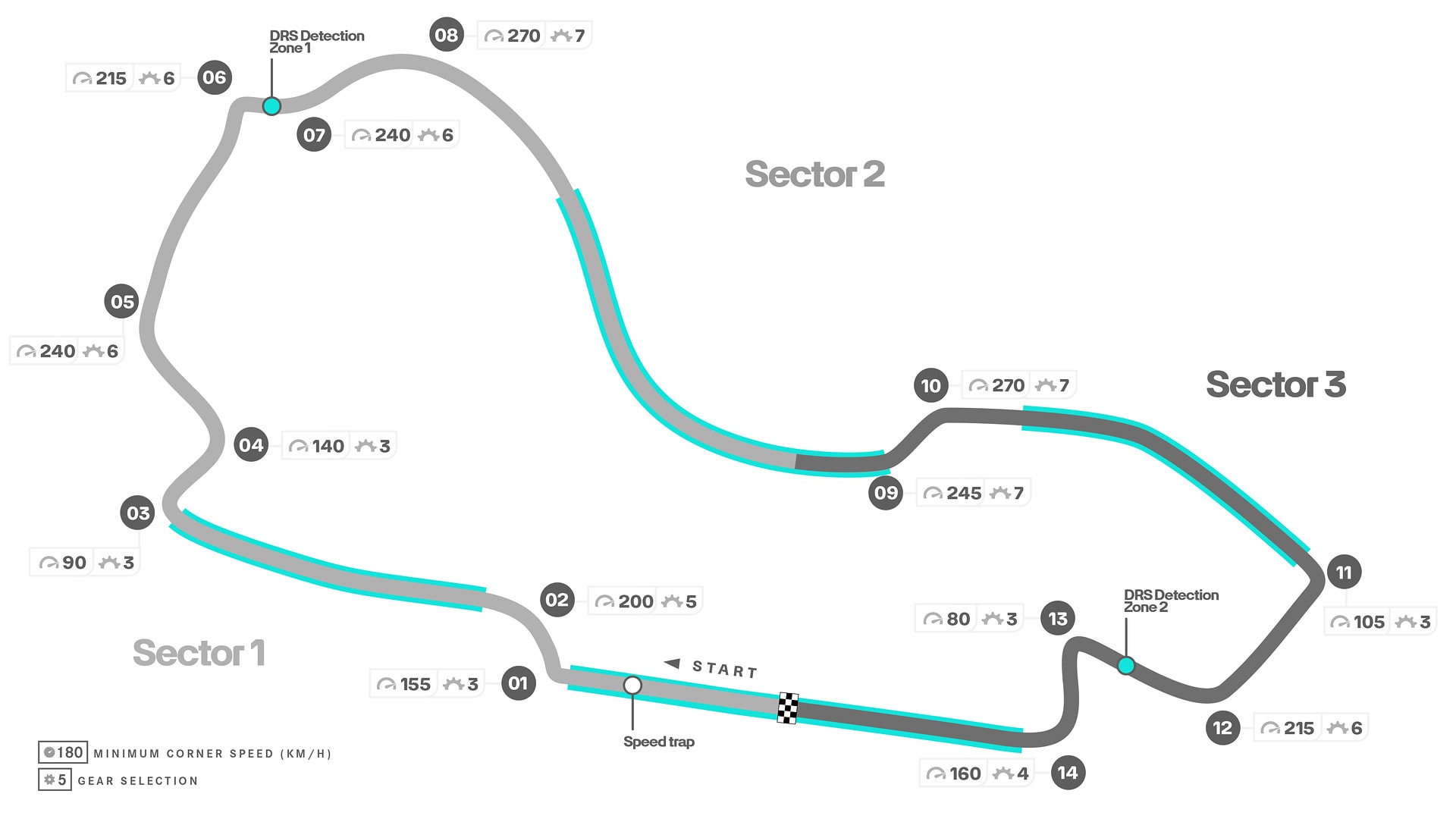
Autodromo Enzo e Dino Ferrari
- First Grand Prix: 1980
- Number of Laps: 63
- Circuit Length: 4.909km
- Race Distance: 309.049 km
- Lap Record
- 1:15.484: Lewis Hamilton (2020)


Autódromo Hermanos Rodríguez
- First Grand Prix: 1963
- Number of Laps: 71
- Circuit Length: 4.304km
- Race Distance: 305.354 km
- Lap Record: 1:17.774 Valtteri Bottas (2021)
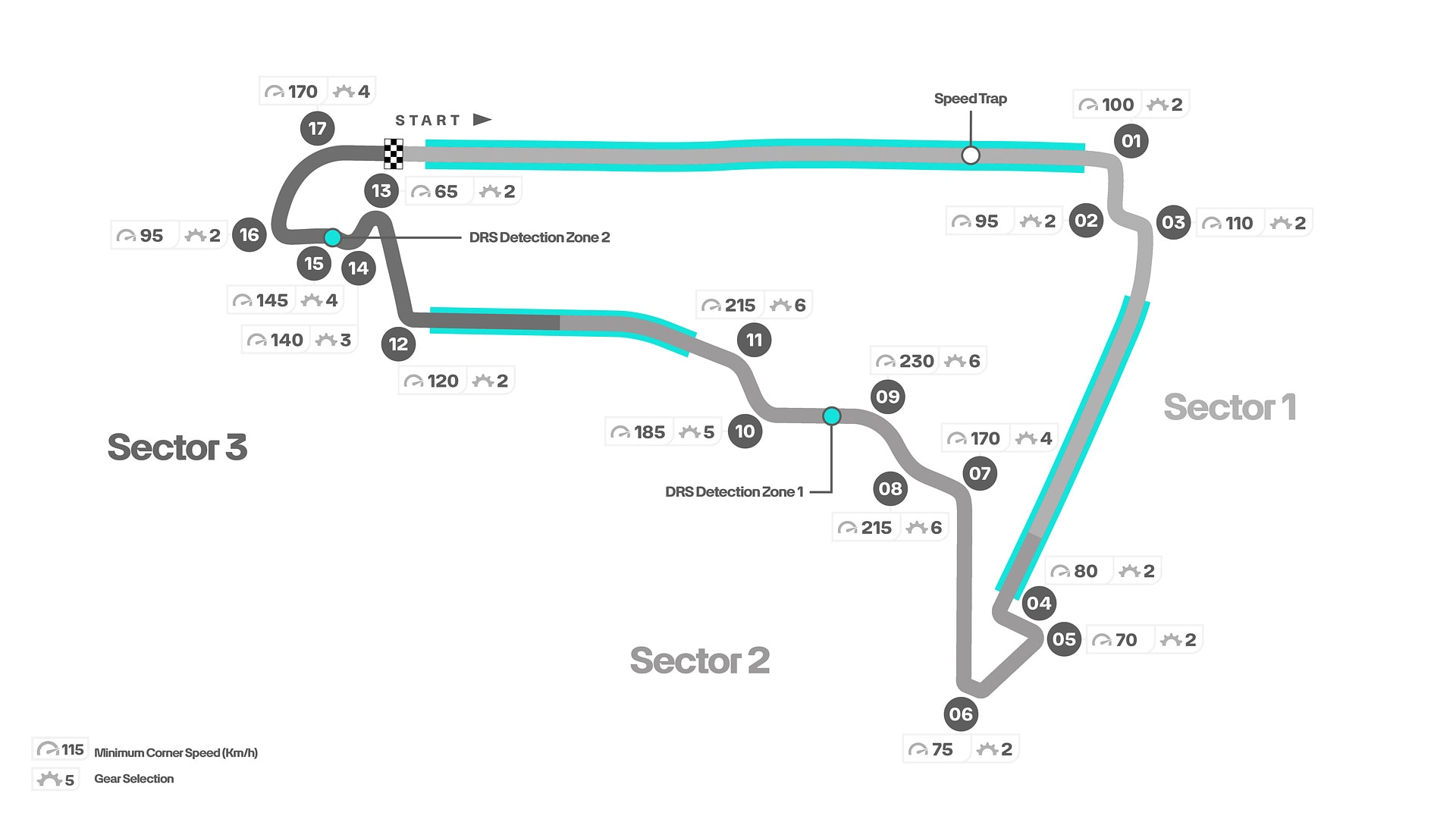
Autódromo José Carlos Pace
- First Grand Prix: 1973
- Number of Laps: 71
- Circuit Length: 4.309km
- Race Distance: 305.879 km
- Lap Record: 1:10.540 Valtteri Bottas (2018)

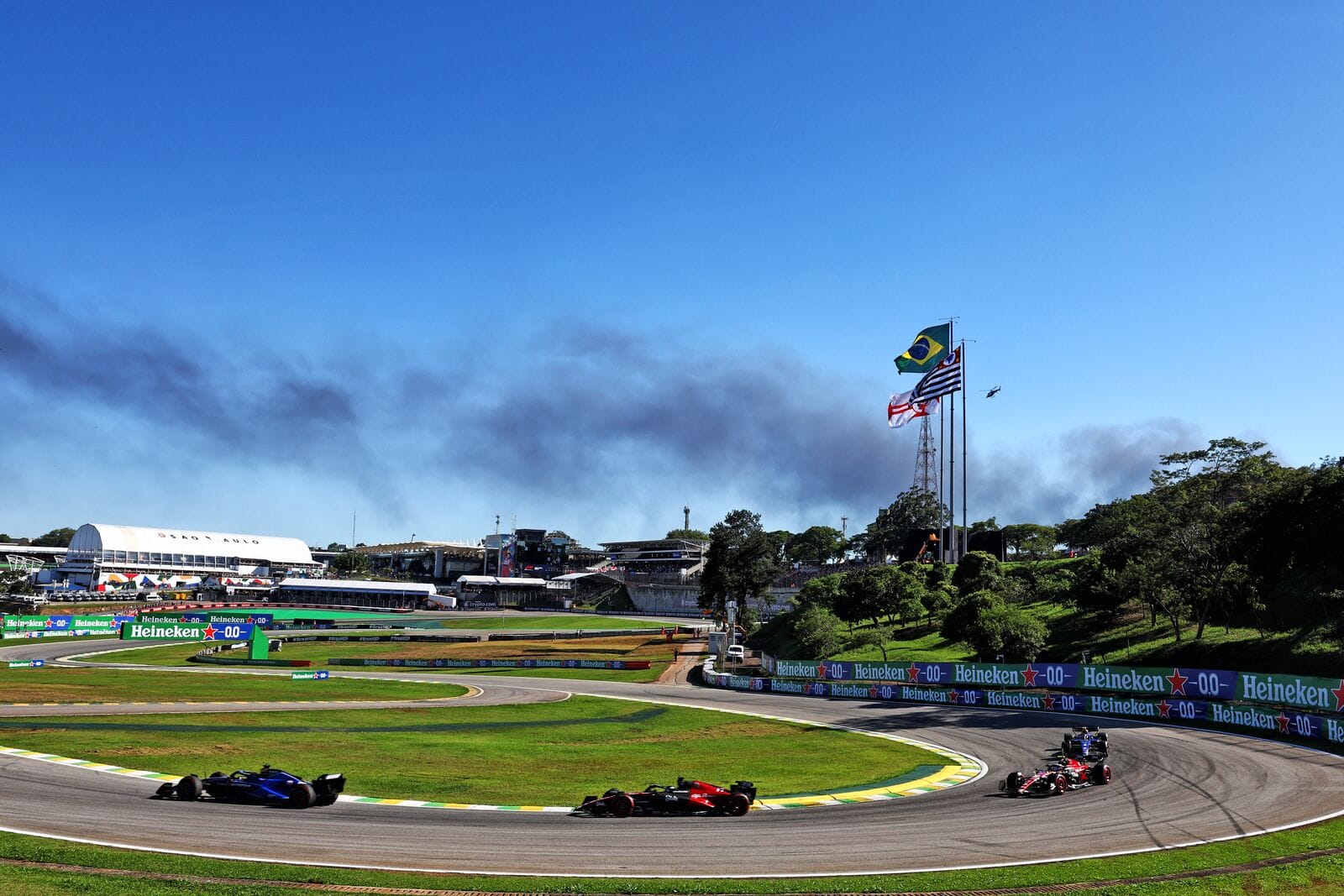
Autodromo Nazionale Monza
- First Grand Prix: 1950
- Number of Laps: 53
- Circuit Length: 5.793km
- Race Distance: 306.72 km
- Lap Record: 1:21.046 Rubens Barrichello (2004)
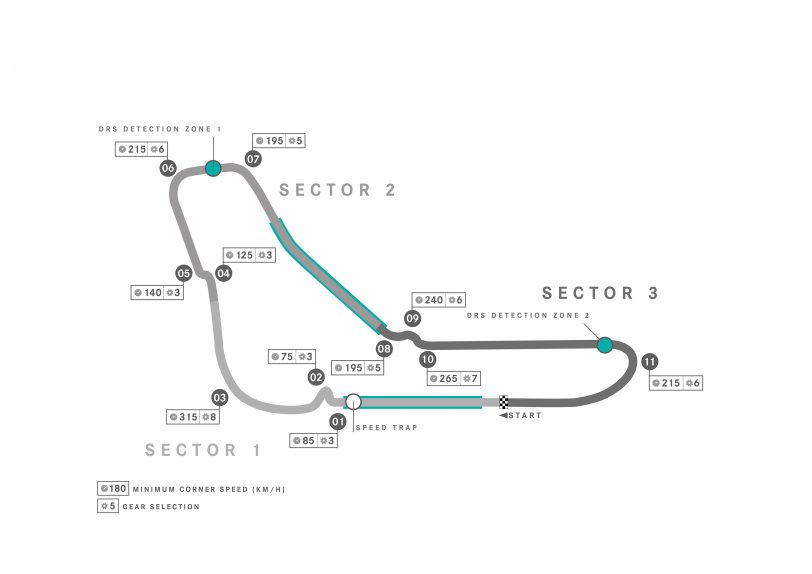
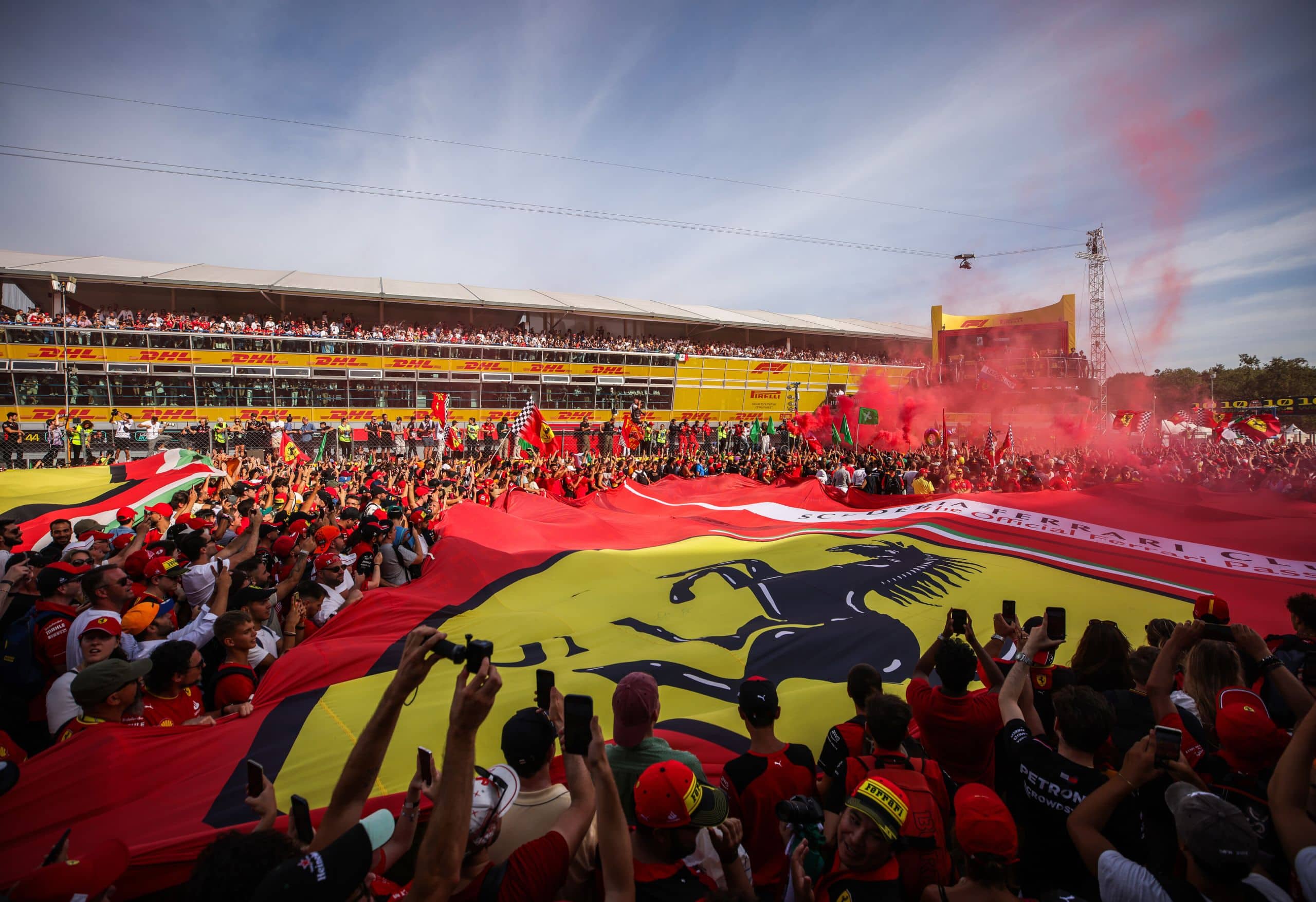
Bahrain International Circuit
- First Grand Prix: 2004
- Number of Laps: 57
- Circuit Length: 5.412km
- Race Distance: 308.238 km
- Lap Record: 1:31.447 Pedro de la Rosa (2005)
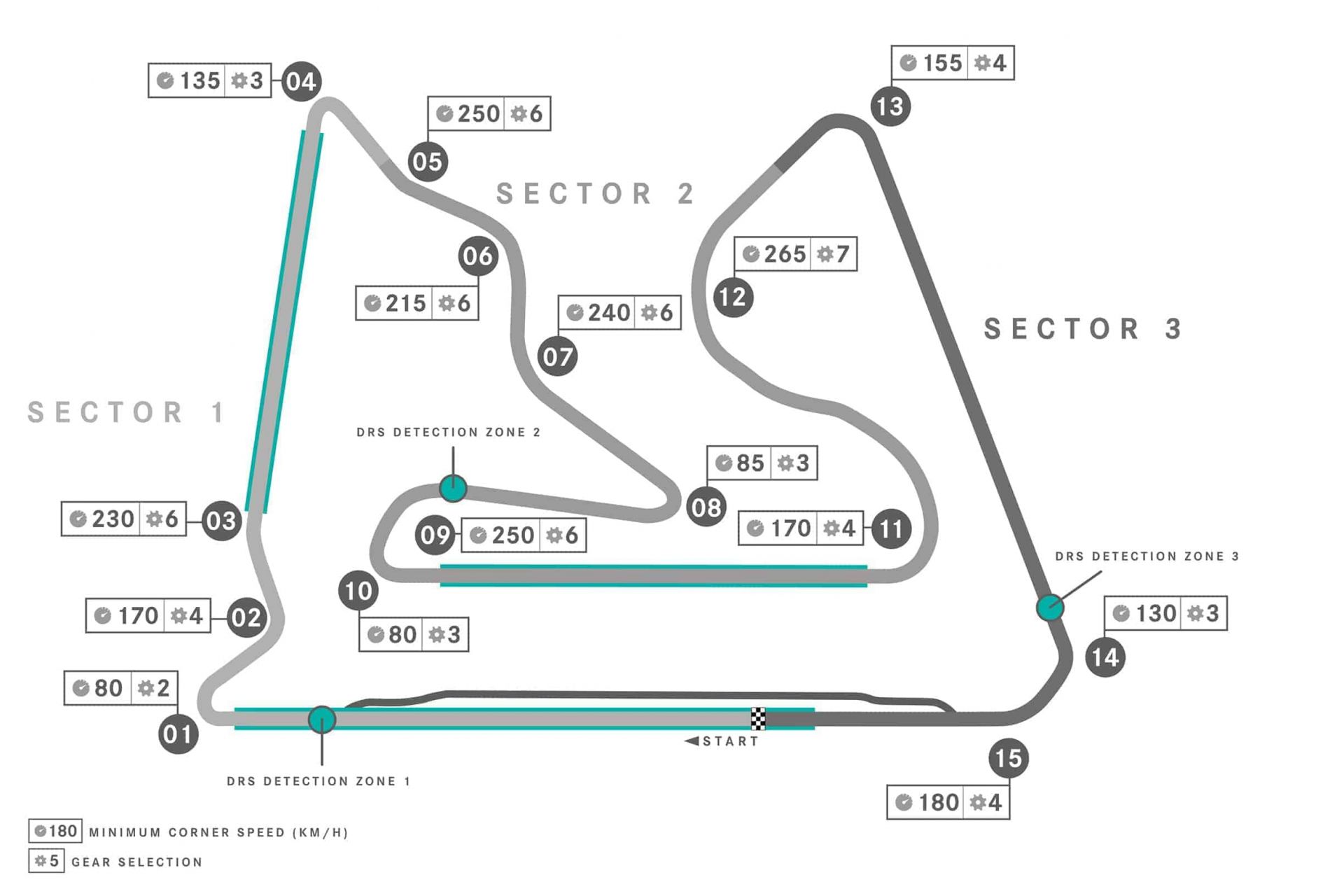

Baku City Circuit
- First Grand Prix: 2016
- Number of Laps: 51
- Circuit Length: 6.003km
- Race Distance: 306.049 km
- Lap Record: 1:43.009 Charles Leclerc (2019)
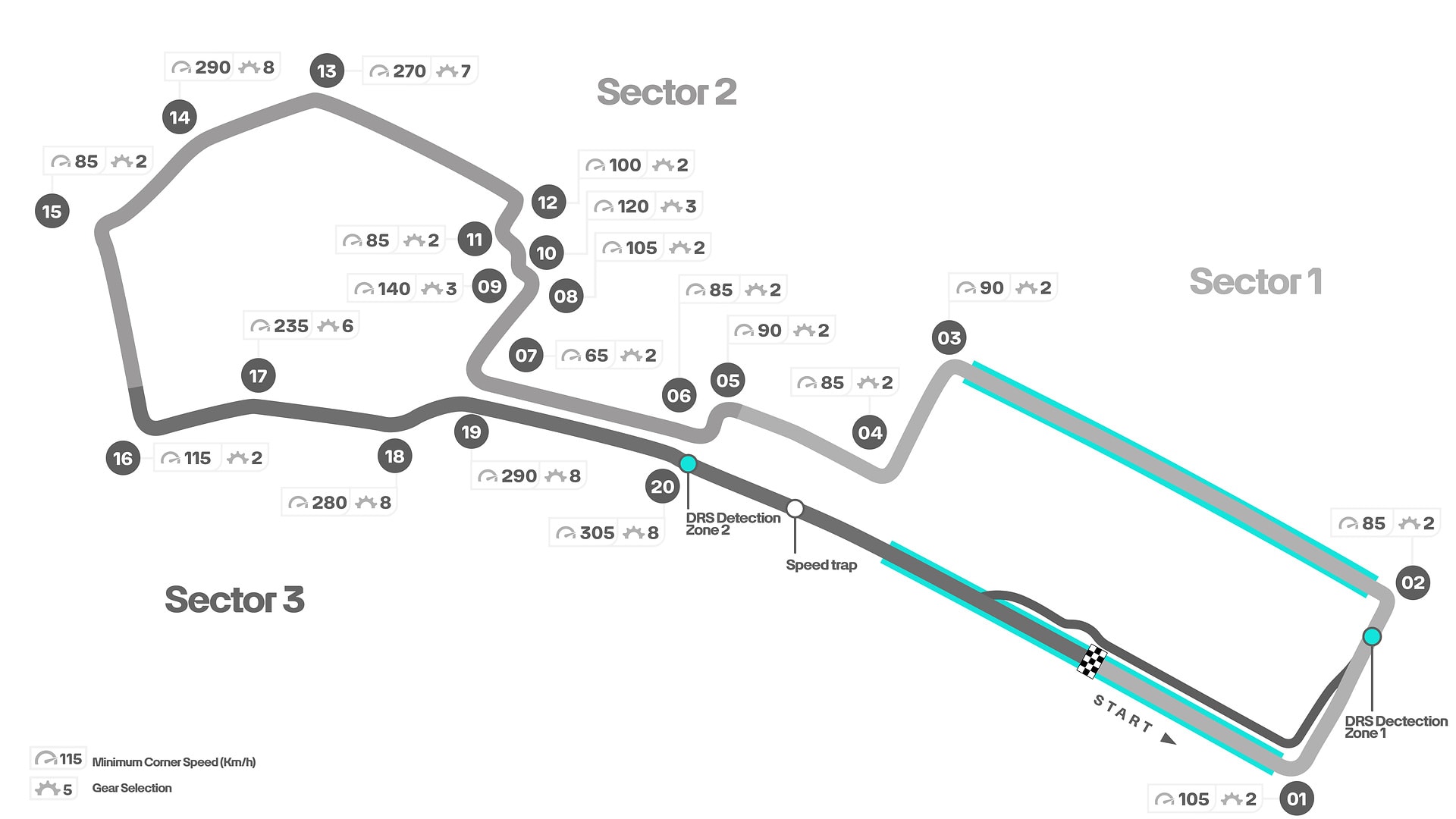

Circuit de Barcelona-Catalunya
- First Grand Prix: 1991
- Number of Laps: 66
- Circuit Length: 4.655km
- Race Distance: 307.104 km
- Lap Record: 1:16.330 Max Verstappen (2023)
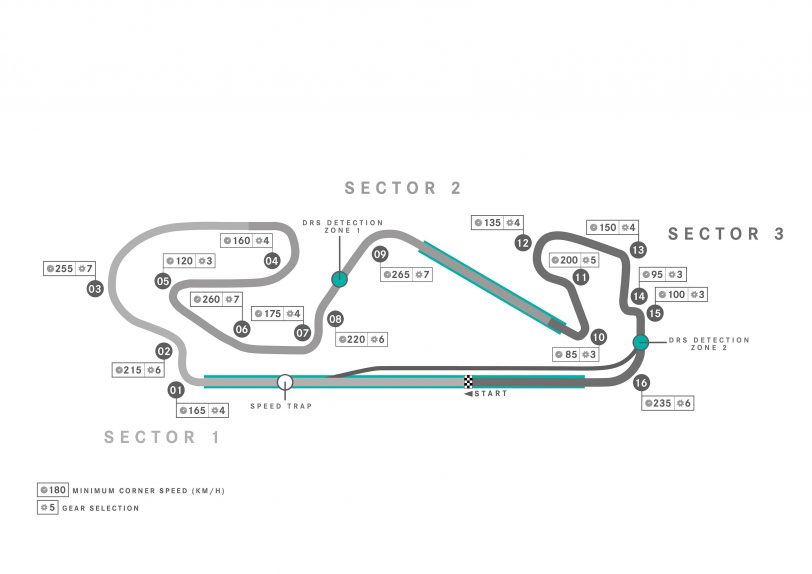

Circuit Gilles-Villeneuve
- First Grand Prix: 1978
- Number of Laps: 70
- Circuit Length: 4.361km
- Race Distance: 305.27 km
- Lap Record: 1:13.078 Valtteri Bottas (2019)


Circuit de Monaco
- First Grand Prix: 1950
- Number of Laps: 78
- Circuit Length: 3.337km
- Race Distance: 260.286 km
- Lap Record: 1:12.909 Lewis Hamilton (2021)


Circuit de Spa-Francorchamps
- First Grand Prix: 1950
- Number of Laps: 44
- Circuit Length: 7.004km
- Race Distance: 308.052 km
- Lap Record: 1:46.286 Valtteri Bottas (2018)

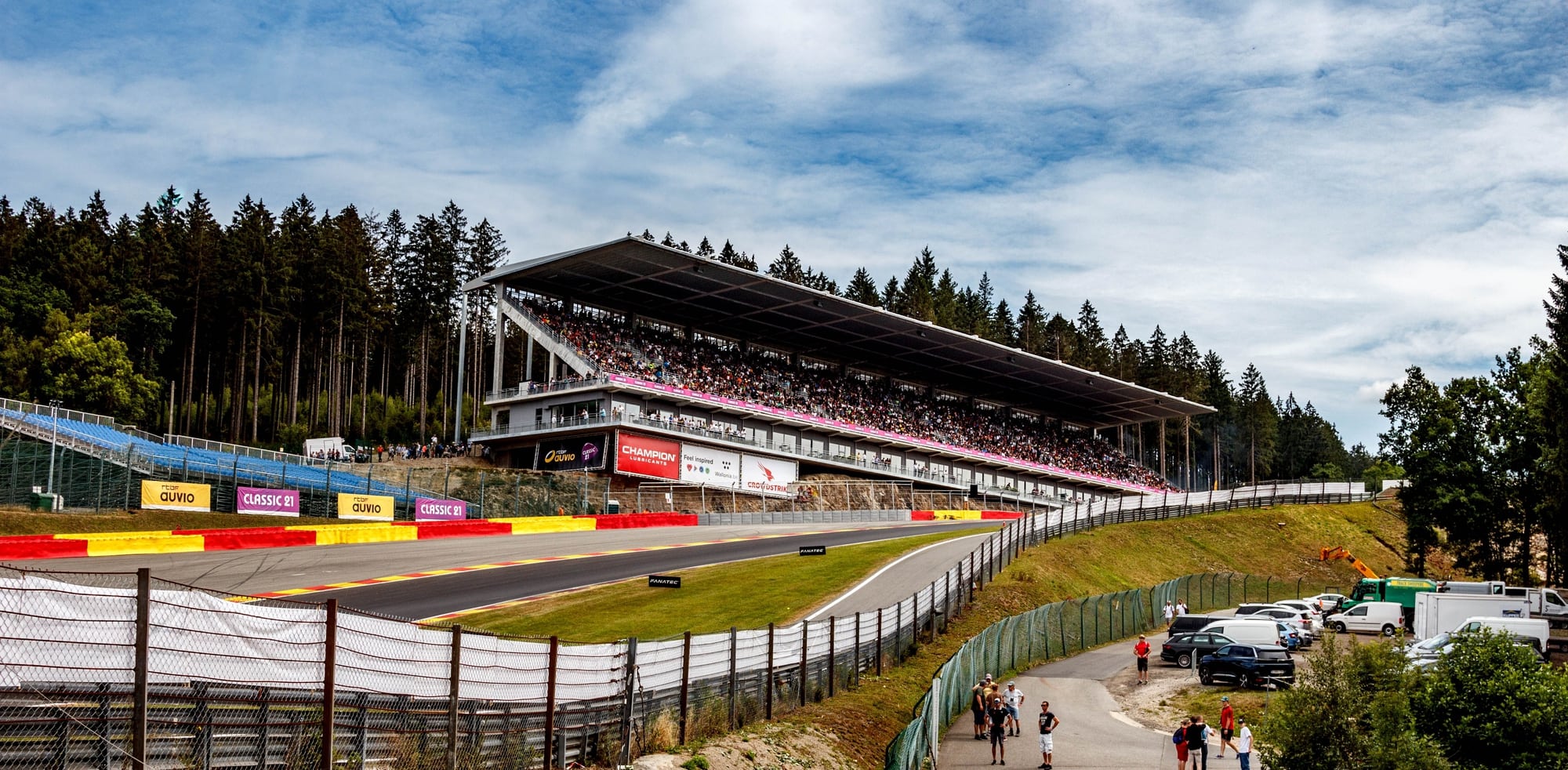
Circuit of the Americas
- First Grand Prix: 2012
- Number of Laps: 56
- Circuit Length: 5.513km
- Race Distance: 308.405 km
- Lap Record: 1:36.169 Charles Leclerc (2019)


Circuit Paul Ricard
- Length of the circuit: 5.812 km
- Direction: Clockwise
- No of Laps: 73
- Race distance: 309.96 km
- Lap race record: 1:32.740, Sebastian Vettel (Ferrari, 2019)

Circuit Zandvoort
- First Grand Prix: 1952
- Number of Laps: 72
- Circuit Length: 4.259km
- Race Distance: 306.587 km
- Lap Record: 1:11.097 Lewis Hamilton (2021)

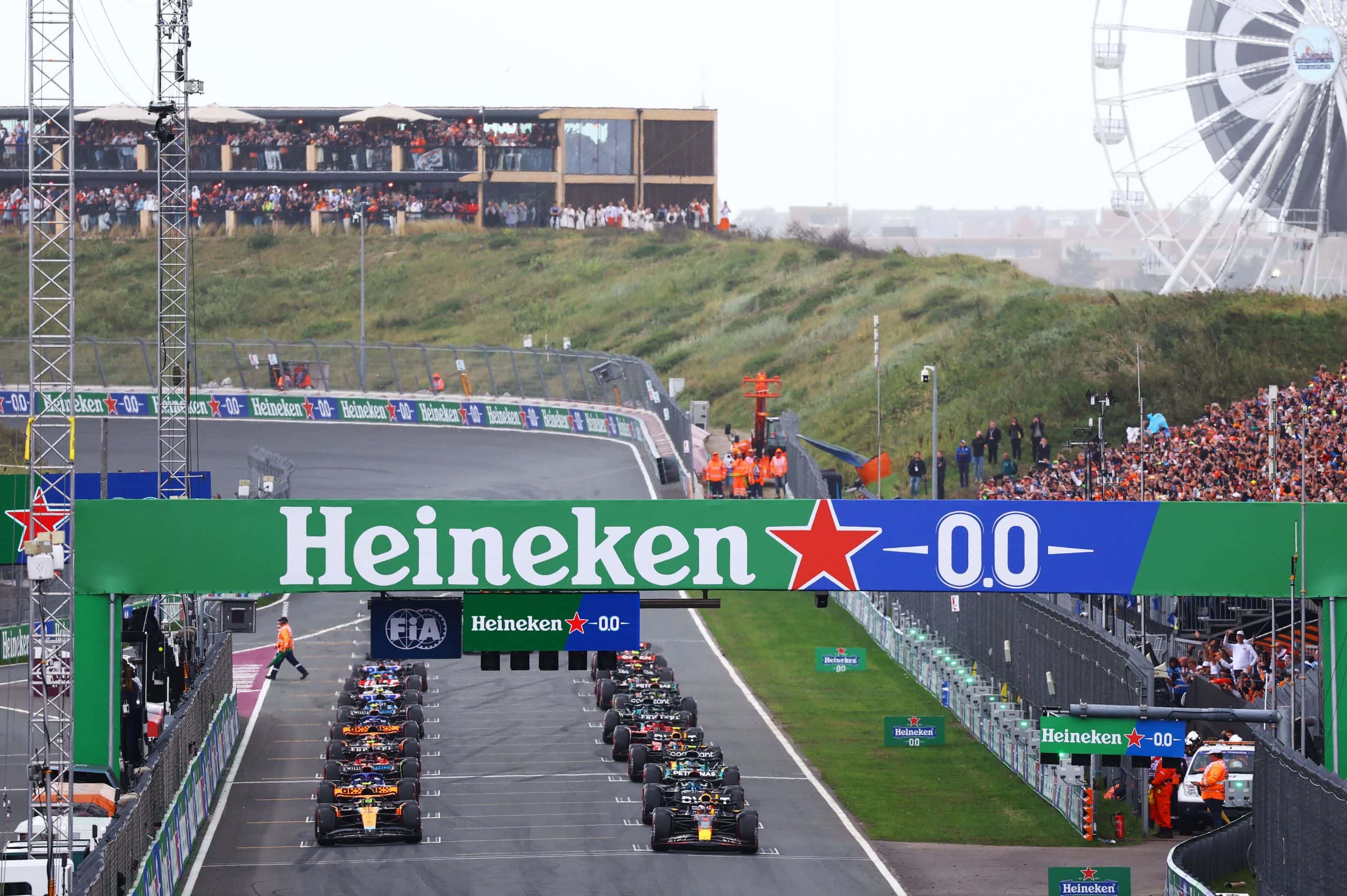
Hungaroring
- First Grand Prix: 1986
- Number of Laps: 70
- Circuit Length: 4.381km
- Race Distance: 306.63 km
- Lap Record: 1:16.627 Lewis Hamilton (2020)
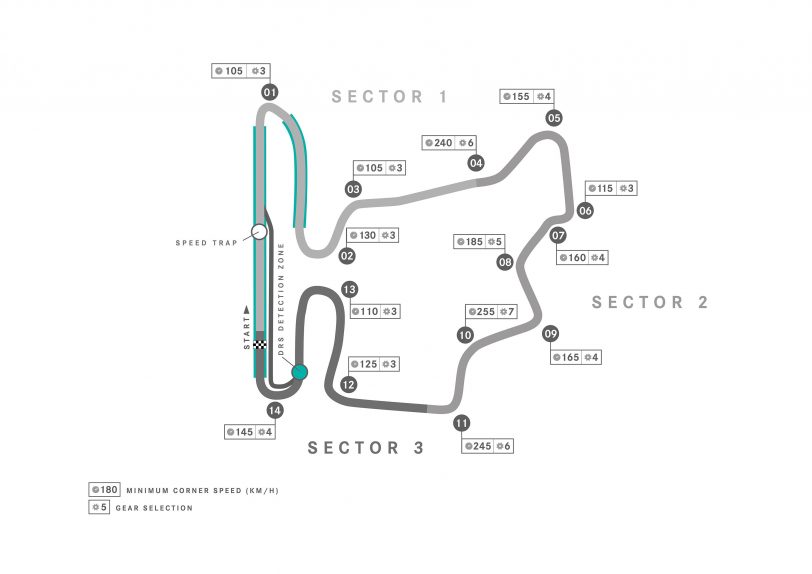
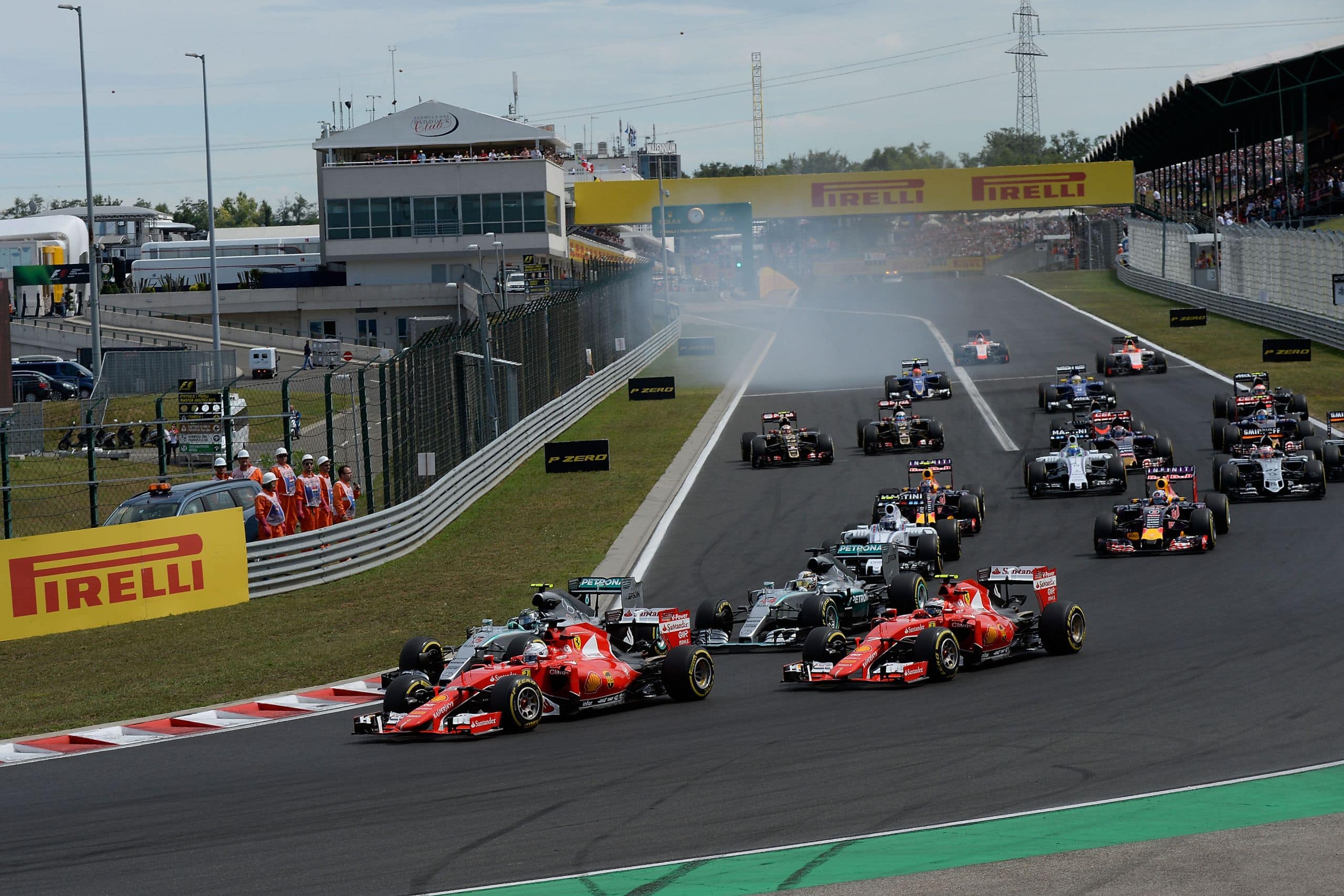
Intercity Istanbul Park Circuit
- First Grand Prix: 2020
- Number of Laps: 66
- Circuit Length: 4.653km
- Race Distance: 306.826 km

Jeddah Street Circuit
- Number of Laps: 50
- Circuit Length: 6.174km
- Race Distance: 308.45 km
- Lap Record: 1:30.734 Lewis Hamilton (2021)
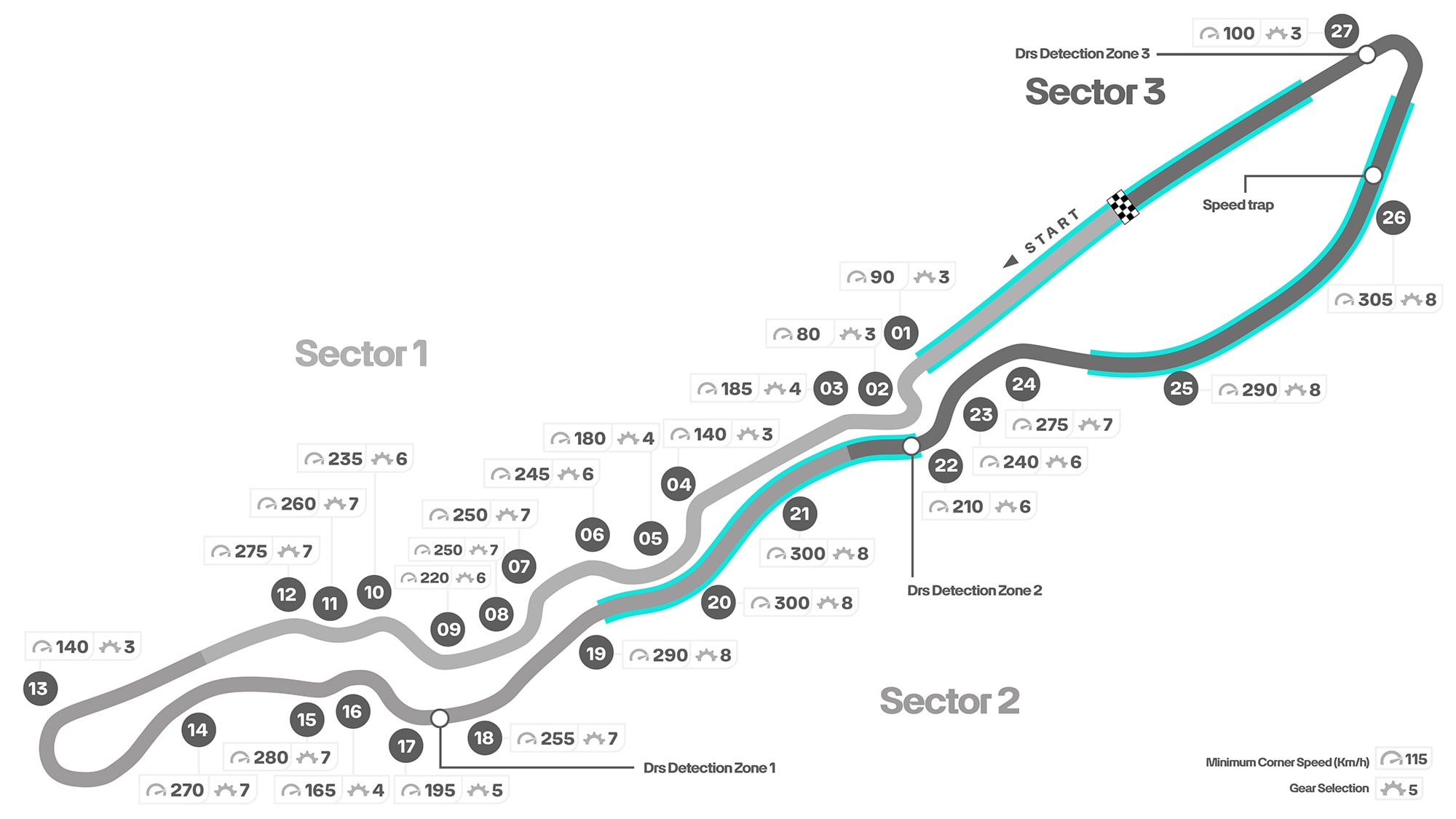
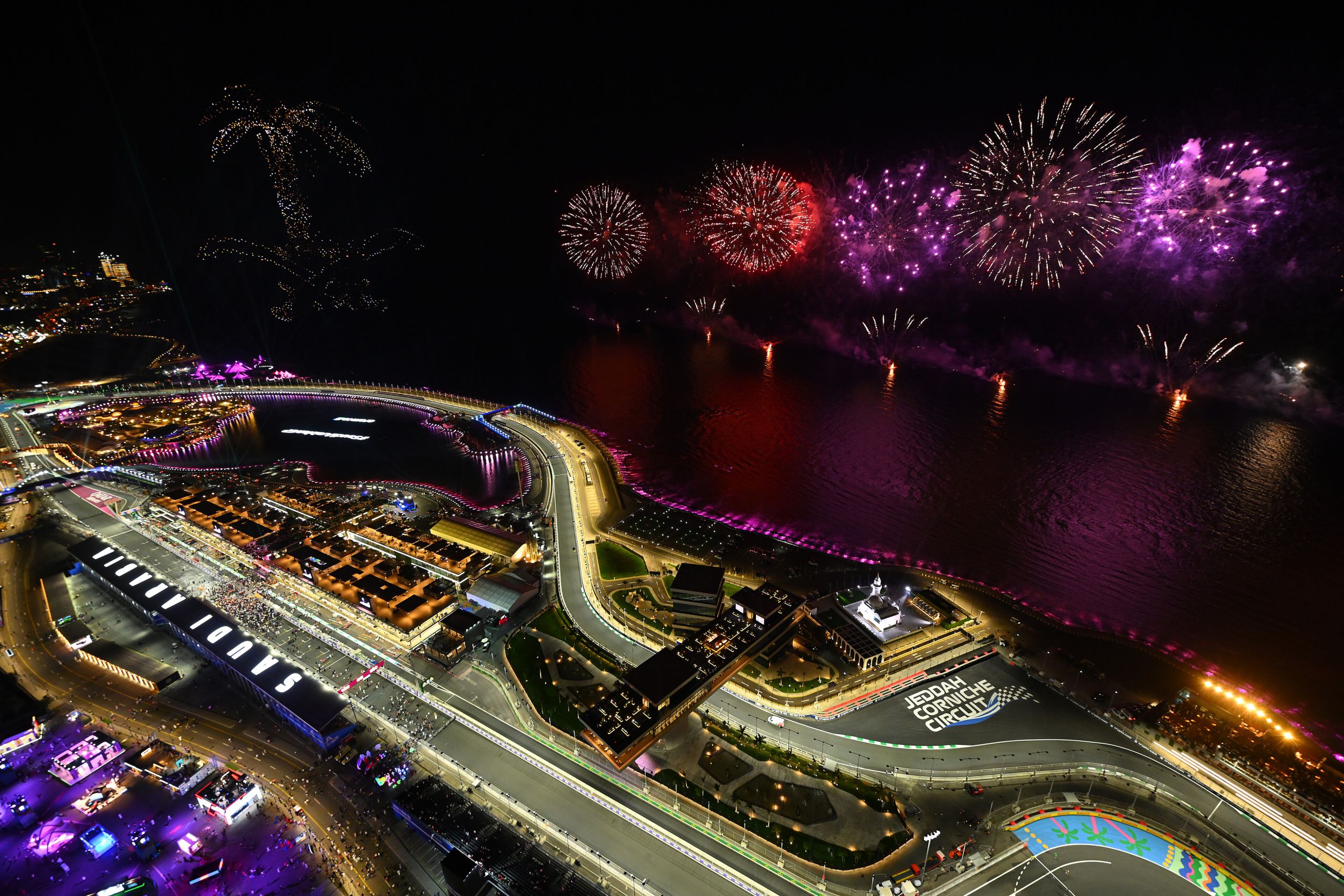
Las Vegas Strip Circuit
- First Grand Prix: 2023
- Number of Laps: 50
- Circuit Length: 6.201km
- Race Distance: 310.05 km
- Lap Record: N/A

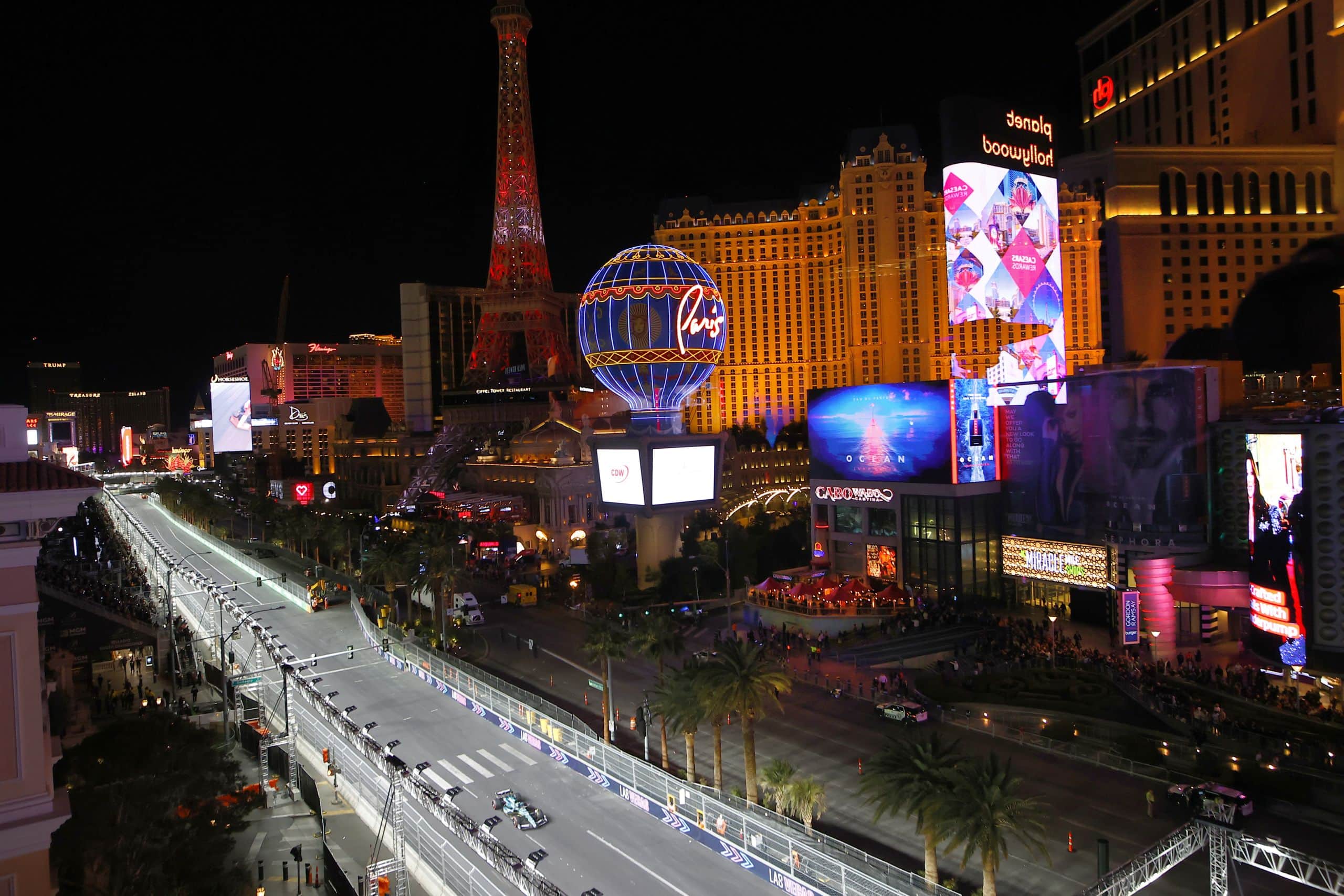
Lusail International Circuit
- First Grand Prix: 2021
- Number of Laps: 57
- Circuit Length: 5.419km
- Race Distance: 308.611 km
- Lap Record: 1:24.319 Max Verstappen (2023)
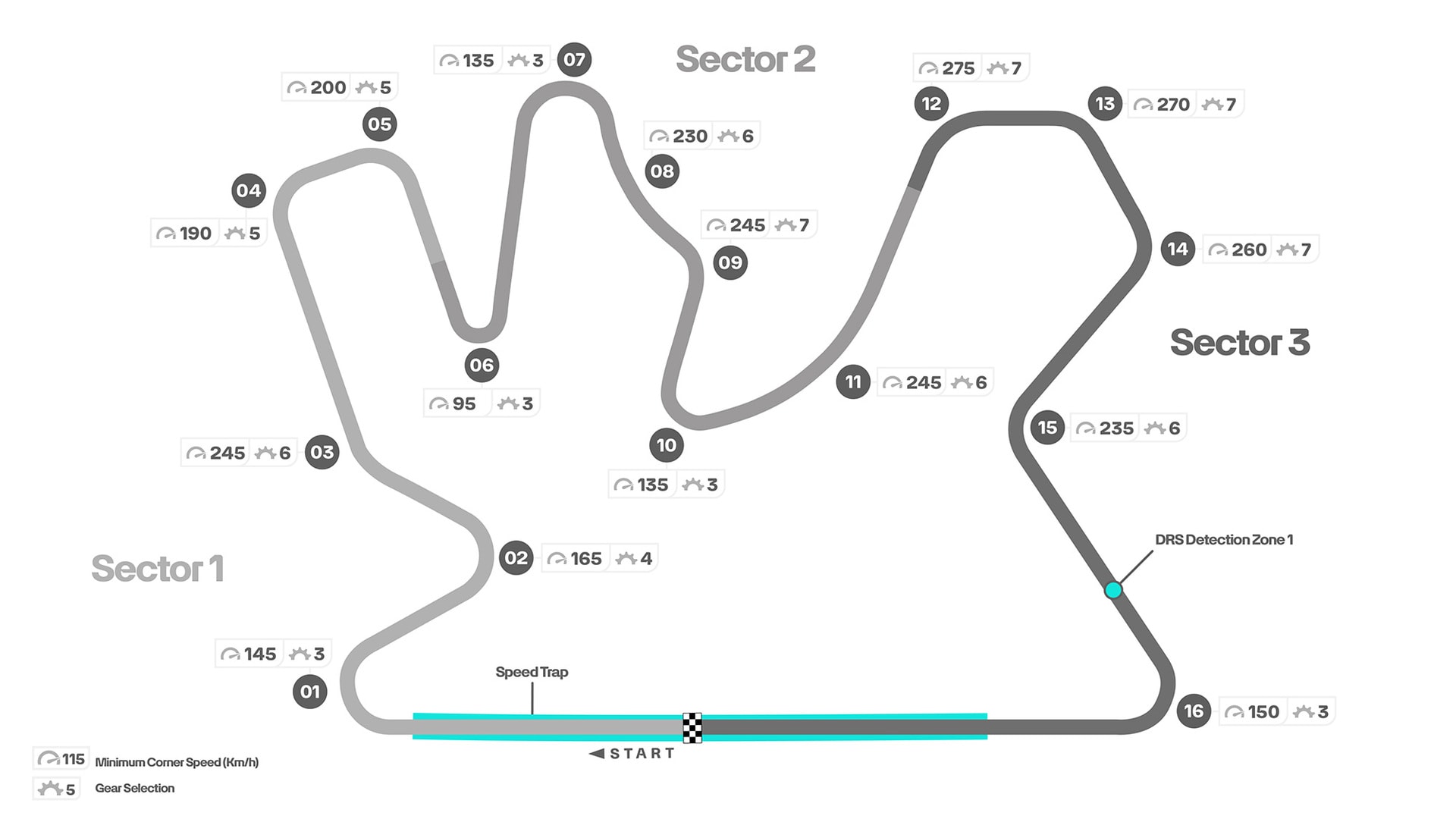
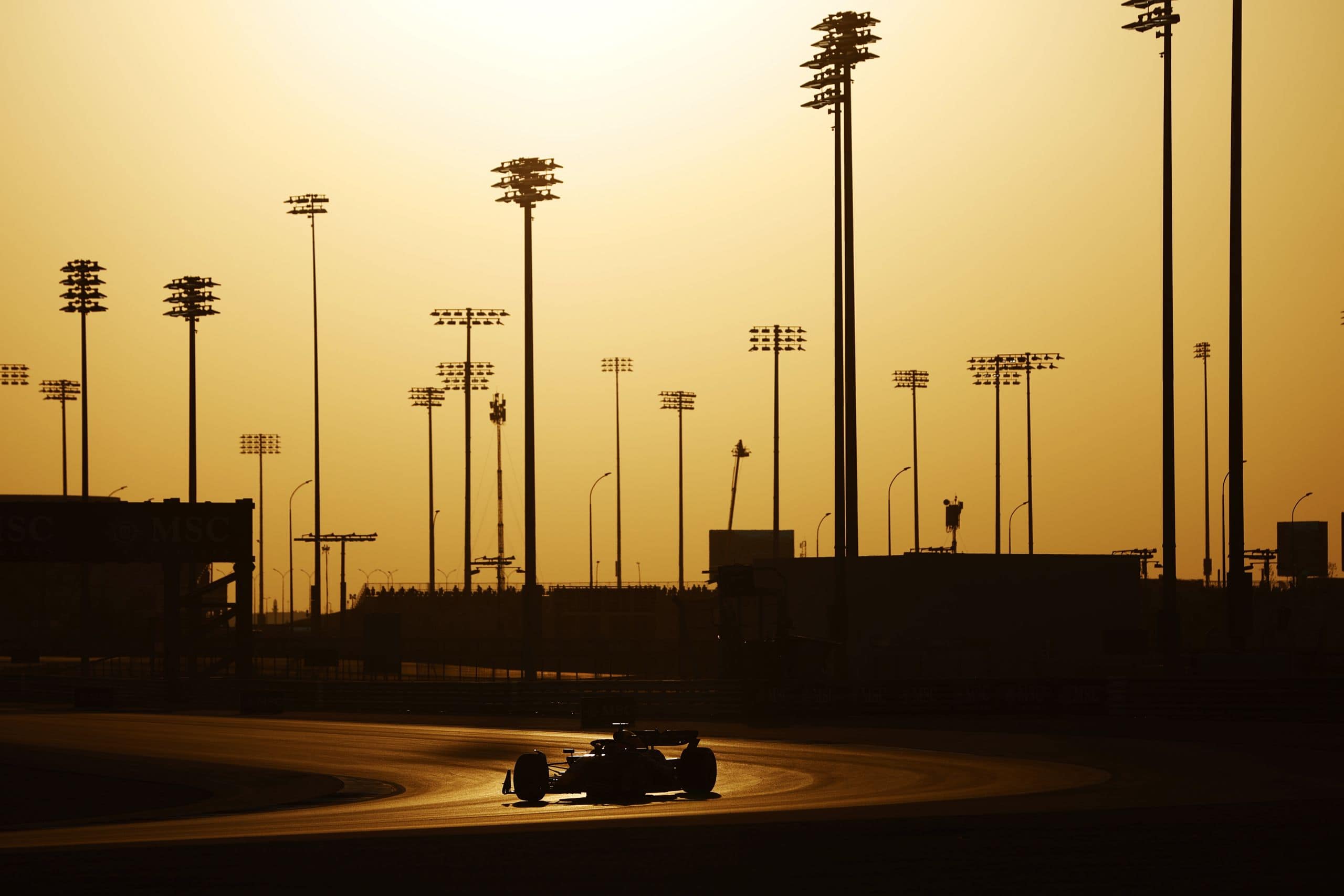
Marina Bay Street Circuit
- First Grand Prix: 2008
- Number of Laps: 62
- Circuit Length: 4.94km
- Race Distance: 306.143 km
- Lap Record: 1:35.867 Lewis Hamilton (2023)
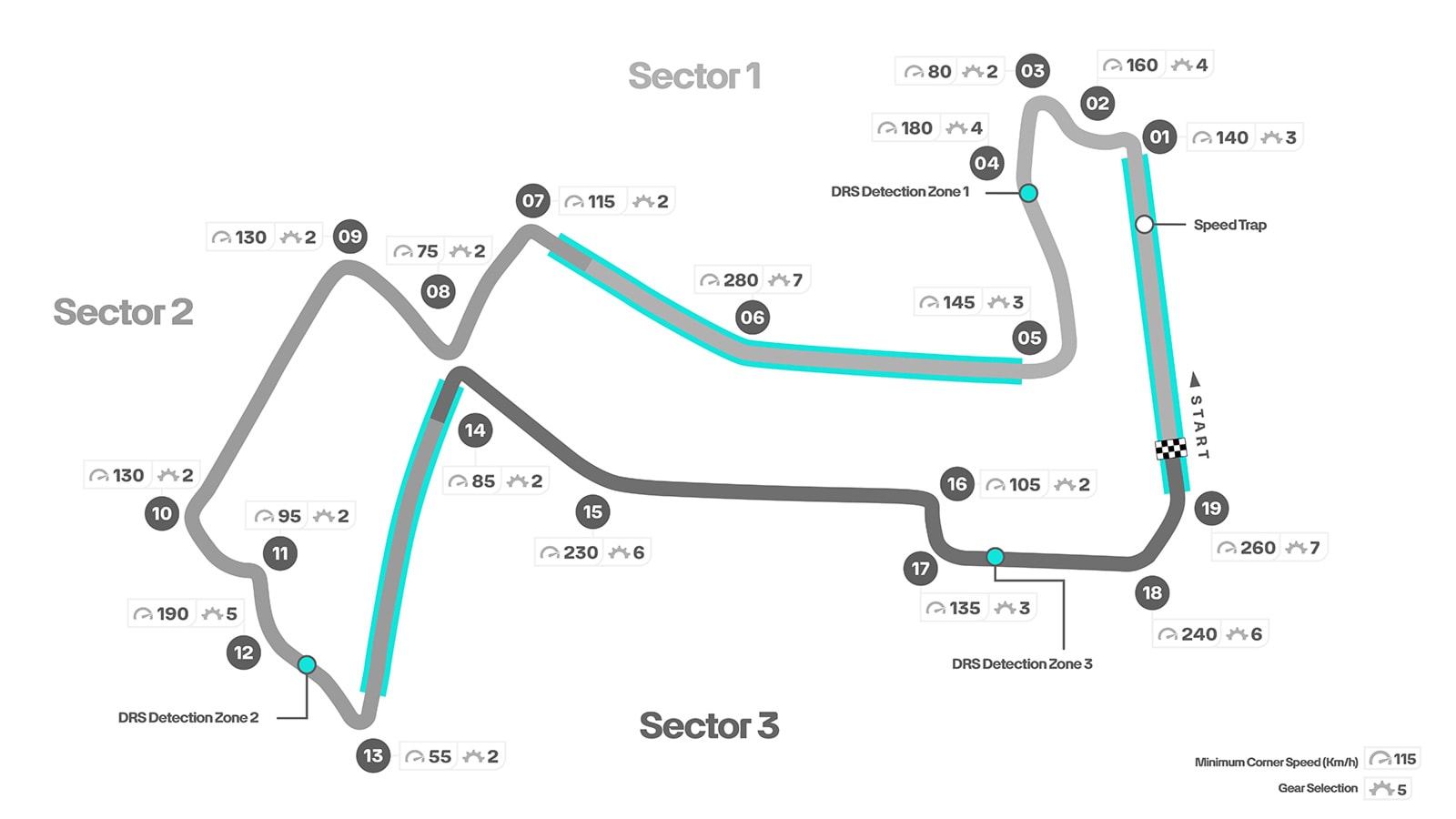
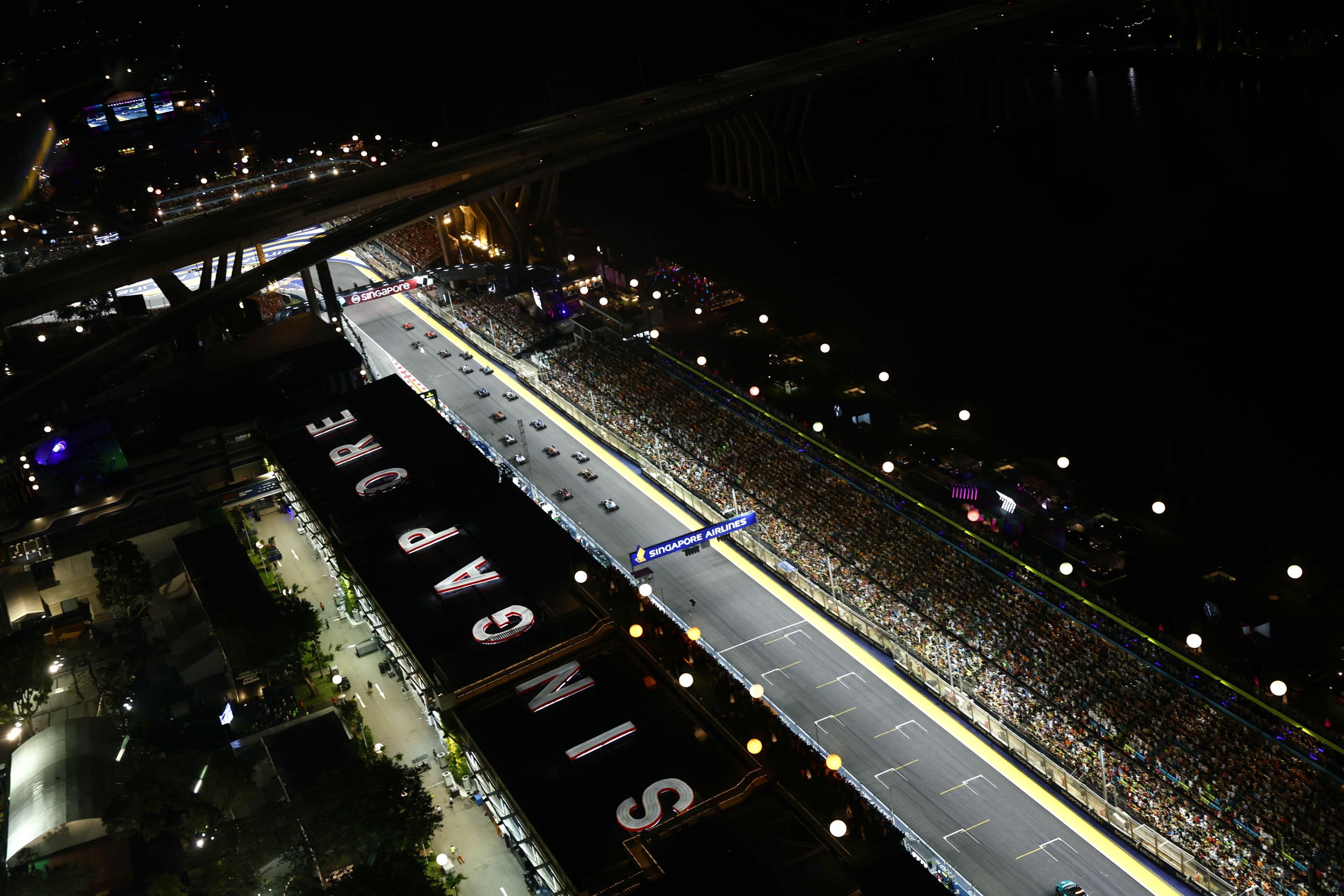
Miami International Autodrome
Miami Grand Prix
- First Race: 2022
- Number of Laps: 57
- Circuit Length: 5.412km
- Race Distance: 308.326 km
- Lap Record: 1:29.708 Max Verstappen (2023)
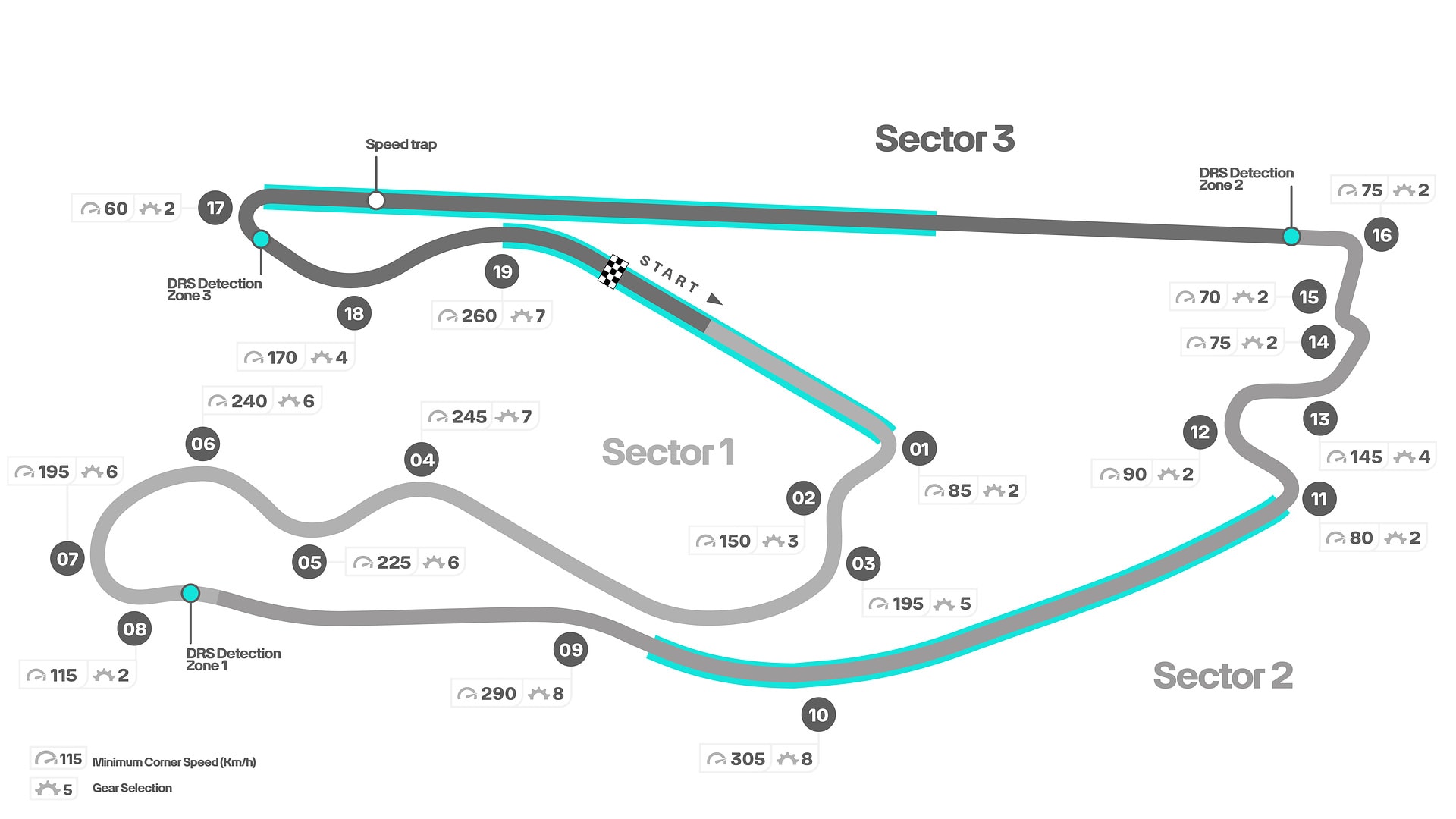
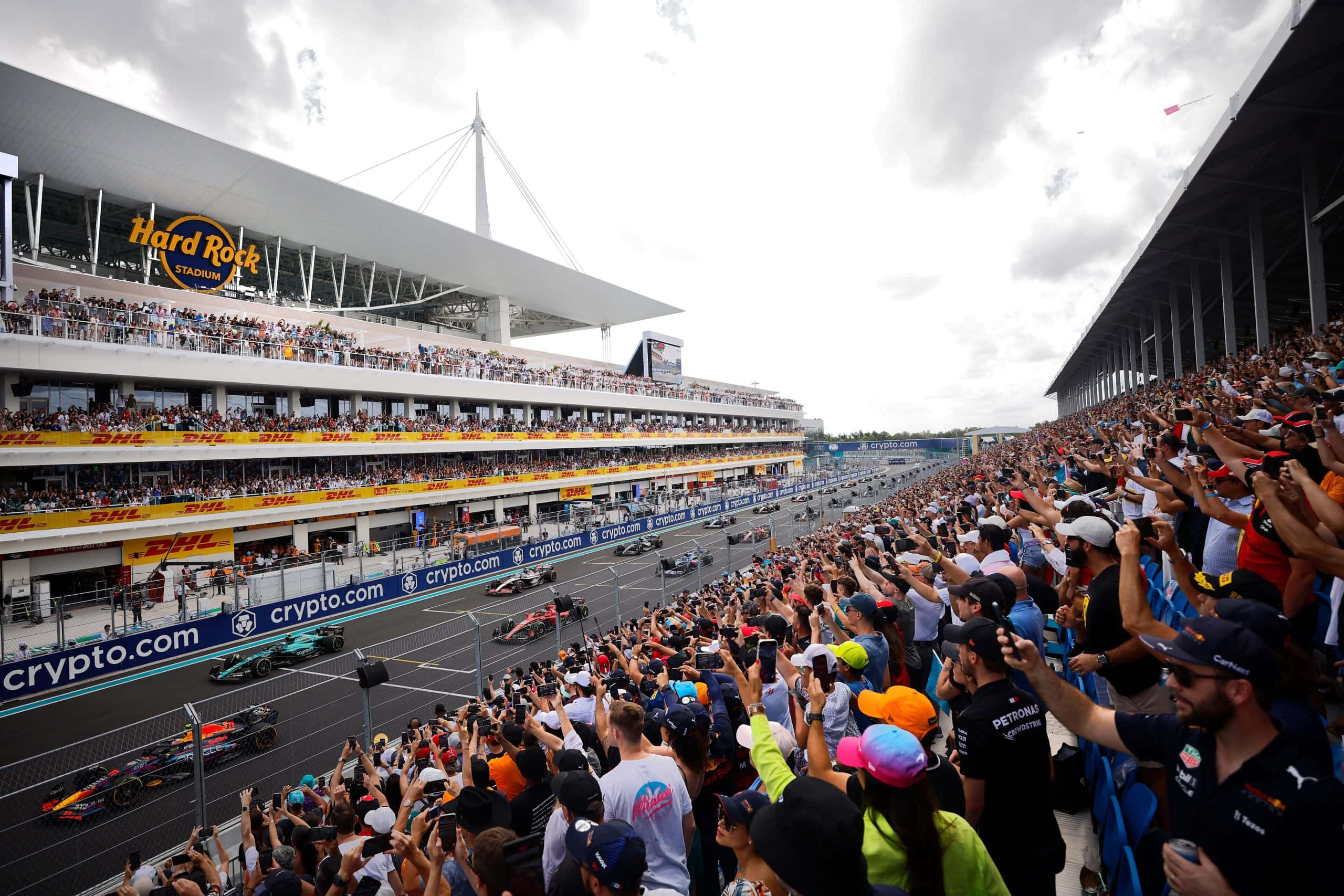
Mugello
Tuscan Grand Prix
- First Grand Prix: 2020
- Number of Laps: 59
- Circuit Length: 5.245km
- Race Distance: 309.455 km
- Lap Record: null
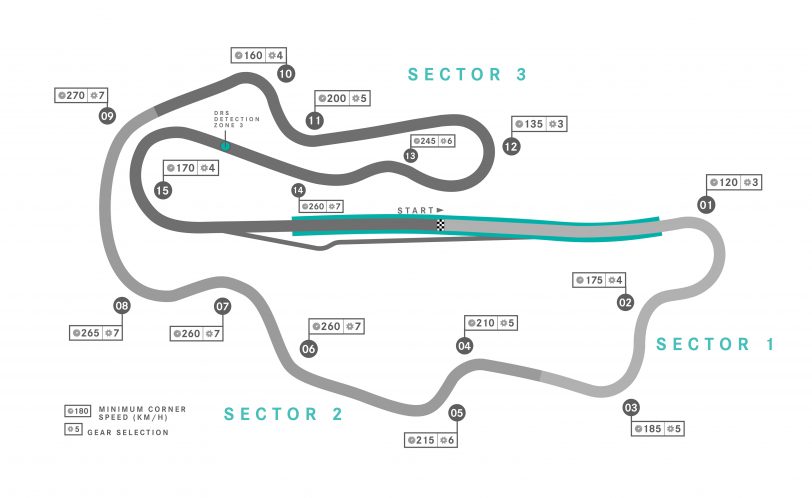
Nurburgring
- First Grand Prix: 1951
- Number of Laps: 60
- Circuit Length: 5.148km
- Race Distance: 308.617 km
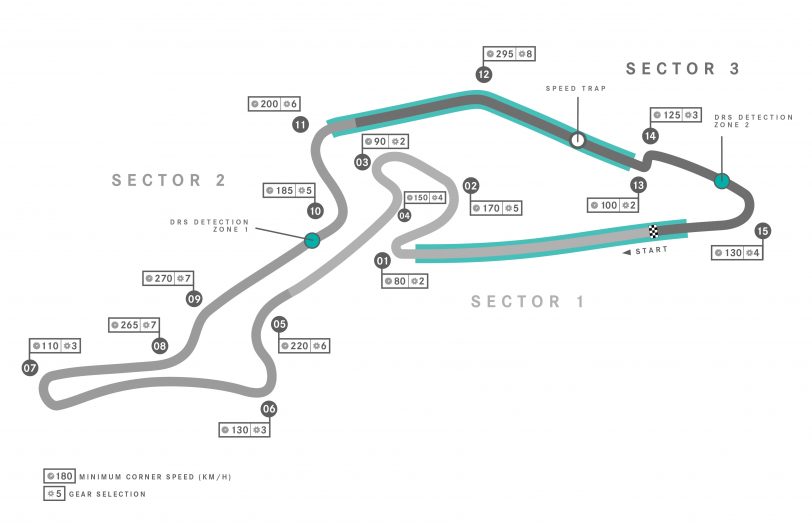
Red Bull Ring
- First Grand Prix: 1970
- Number of Laps: 71
- Circuit Length: 4.318km
- Race Distance: 306.452 km
- Lap Record: 1:05.619 Carlos Sainz (2020)
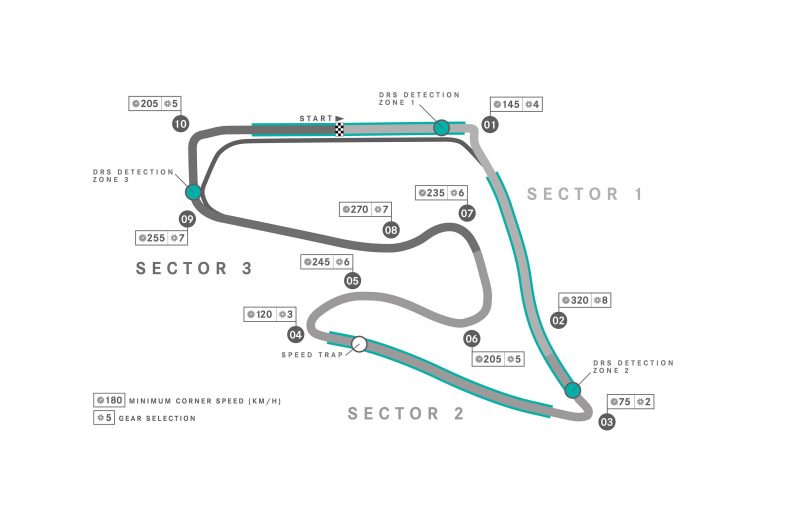

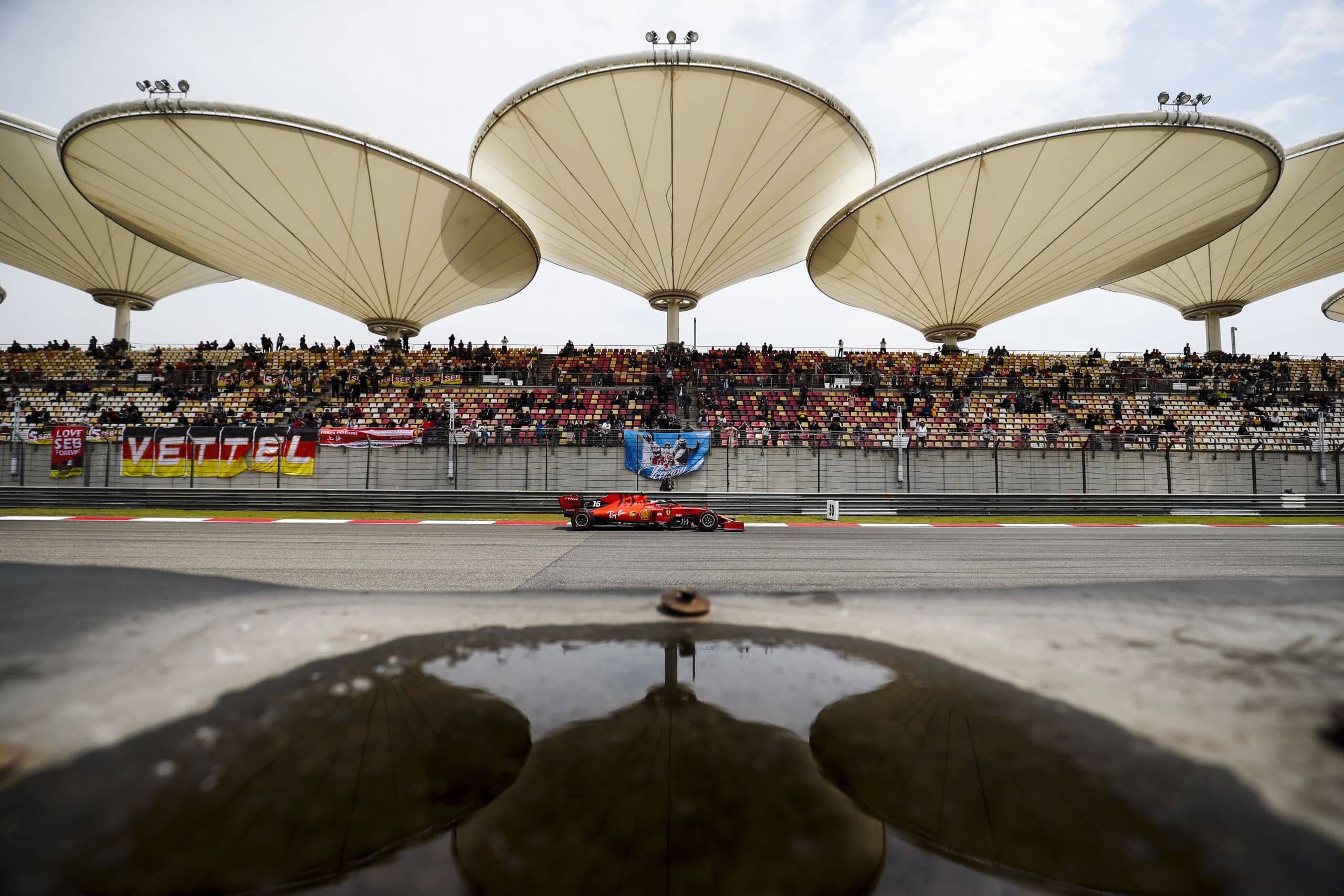
Silverstone Circuit
- First Grand Prix: 1950
- Number of Laps: 52
- Circuit Length: 5.891km
- Race Distance: 306.198 km
- Lap Record: 1:27.097 Max Verstappen (2020)
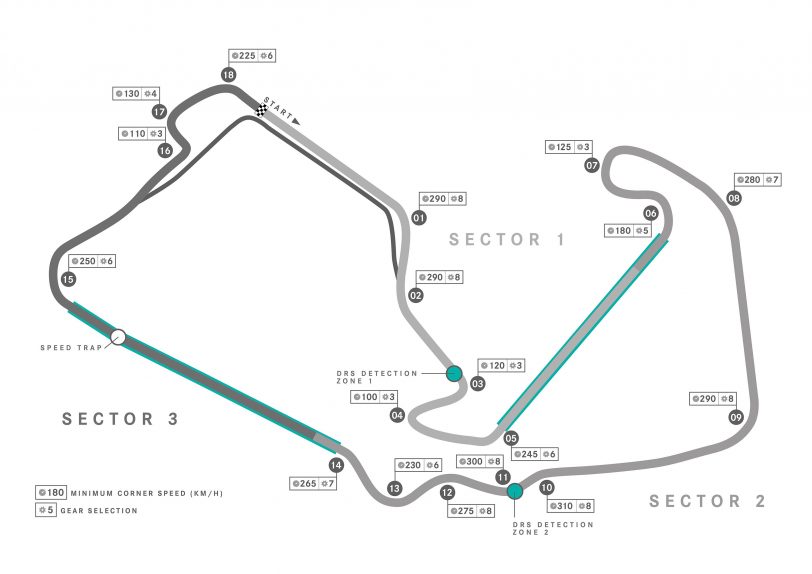

Sochi Autodrom
Russian Grand Prix
- First Grand Prix: 2014
- Number of Laps: 53
- Circuit Length: 5.848km
- Race Distance: 309.745 km
- Lap Record: 1:35.761 Lewis Hamilton (2019)

Suzuka International Racing Course
- First Grand Prix: 1987
- Number of Laps: 53
- Circuit Length: 5.807km
- Race Distance: 307.471 km
- Lap Record: 1:30.983 Lewis Hamilton (2019)
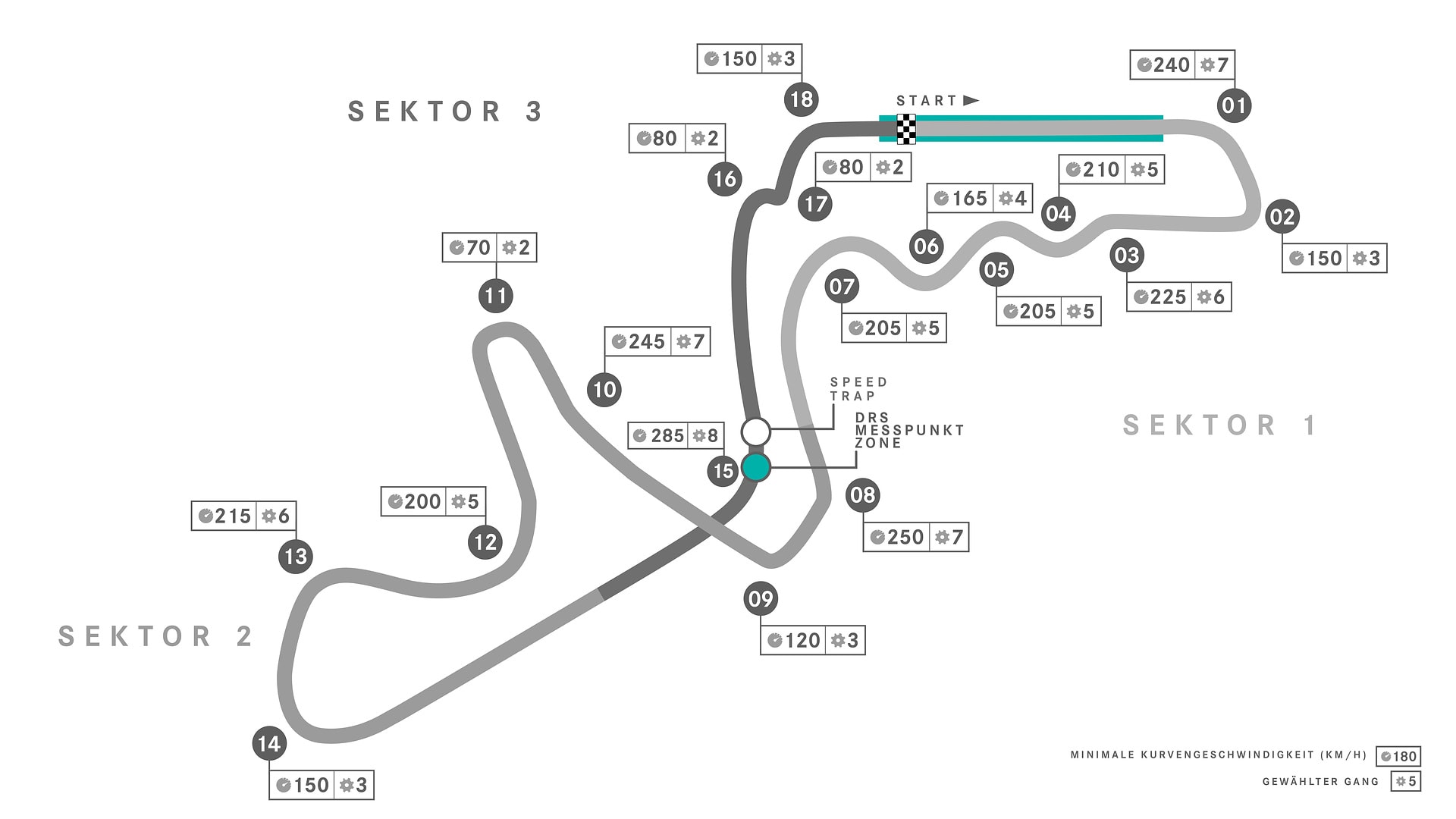
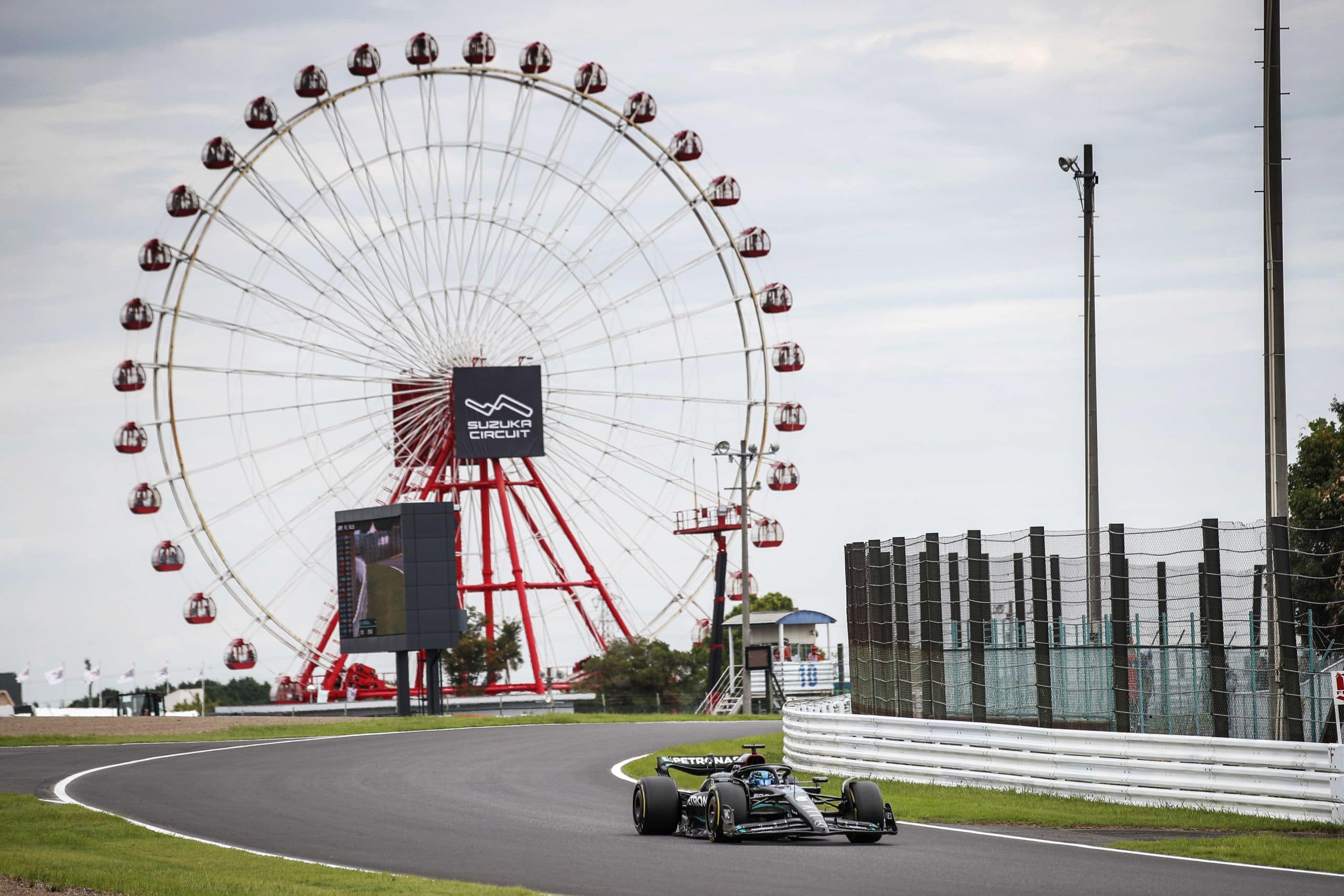
Yas Marina Circuit
- Number of Laps: 55
- Circuit Length: 5.554 km (3.541 miles)
- Race Distance: 305.355 km (189.739 miles)
- Direction: Anti-clockwise
- Fastest Lap: 1:39.283, Lewis Hamilton, Mercedes, 2019


Variation in length of F1 tracks
The variation in length of F1 tracks is due primarily to the location of the track. The largest tracks tend to be in places with significant climate variations, like Singapore and Bahrain. These tracks are very long in order to provide ample space for racing when it is hot in the summer, and cold in the winter. Likewise, the F1 tracks in the UK need to be shorter, since they are not as climatically varied. The variation in length of F1 tracks also comes from the type of track the circuit is. Some circuits, like the Circuit de Spa-Francorchamps and the Suzuka Circuit, are designed for maximum speed, while other circuits are designed for more technical driving, like the Circuit de Catalunya. The variation in length of F1 tracks also comes from track modifications. The Circuit de Barcelona-Catalunya, for example, has a significantly longer layout than the original track.
Characteristics of different circuits
The characteristics of different F1 circuits vary widely, with some favoring the speediest cars, and others favoring the more technical drivers. There is also an array of chicanes, hairpins, and straights to contend with, making each track unique and exciting. If you’re looking to go to an F1 race, you’re in luck. The upcoming season runs from March to November, with 19 races scheduled in total. The first F1 race of the season is in Melbourne, Australia, followed by the Bahrain Grand Prix two weeks later, the Chinese Grand Prix in Shanghai a month after that, and so on until the last race of the year in Abu Dhabi in November. Here’s a look at some of the most notable circuits on this year’s calendar. Some circuits, like the Circuit de Spa-Francorchamps, are known as a power circuit, due to favoring the fastest cars, while others, like the Autódromo José Carlos Pace, are known as a trick circuit, due to favoring the more technical drivers.
Types of turns and straights on F1 tracks
There are three types of turns on a Formula One circuit: right turns, left turns, and, uh, other turns like corners, or something. The corners are the first type, while the second and third types are straights. That’s right, not all of it is corners. Some of the most iconic corners on a Formula One track include Turn 1 at Albert Park, Turn 8 at Interlagos, Turn 11 at Spa, Turn 13 at the Autodromo, Turn 14 at Suzuka, Turn 1 at Silverstone, and Turn 8 at Circuit de Barcelona-Catalunya.
Advantages of different track lengths
The most obvious advantage of different track lengths is the amount of distance covered during a race. A longer track will allow for more racing and therefore more excitement for the fans. But there are also other less obvious advantages to having different track lengths. Longer track lengths require more energy, which could potentially lead to more pit stops, which could become very exciting. A shorter track might force drivers to be more aggressive and make more risky moves that could potentially lead to crashes. Shorter track lengths are generally better for a driver’s mental health as they don’t have to spend as much time in the car.
Tips for appreciating F1 tracks
To appreciate F1 tracks, you first have to know a little bit about the sport. While the drivers and teams are well-known, the tracks they race around are often overlooked. This is understandable, as the tracks are essentially just huge parking lots with barriers. But the tracks are actually really important for understanding the sport. The track is responsible for dictating the strategies teams will use during the race. The length of the track dictates how many pit stops teams will need to make, and the type of track dictates the types of cars that will be best suited for it. So, if you want to understand the sport of F1 more, then you have to start paying attention to the tracks, too.
F1 Tracks Layout – Fast Facts and Stats
- Approximately 70% of F1 tracks have an average length between 4-6 kilometers.
- Out of all F1 tracks, 90% feature at least one hairpin turn.
- Roughly 80% of F1 tracks have a maximum elevation difference greater than 50 meters.
- On average, F1 tracks include around 14 sharp turns per circuit.
- About 85% of F1 tracks have a straight section measuring over 1 kilometer in length.
- Of all F1 tracks, only 10% have a counterclockwise layout.
- Approximately 75% of F1 circuits have an equal number of left and right turns.
- Out of all F1 tracks, 95% include at least two high-speed sections per lap.
- On average, F1 tracks feature around 5 chicanes per circuit.
- Roughly 60% of F1 circuits have a minimum corner radius less than 10 meters.
- F1 tracks are carefully designed to meet specific safety standards and provide a challenging experience for drivers.
- The layout of each F1 track varies in terms of its length, number of turns, and the presence of elevation changes.
- Some famous F1 tracks include Circuit de Monaco, Silverstone Circuit, Circuit of the Americas, and Spa-Francorchamps.
- F1 tracks often feature long straights to allow cars to reach high speeds, combined with tight corners that require precise braking and acceleration.
- The overall design of an F1 track aims to balance speed and technicality, providing a mix of fast sections and slower, more technical parts.
- Different F1 tracks have distinct characteristics that make them stand out, such as the iconic Monaco street circuit or the fast sweeps of Suzuka Circuit.
- Each F1 track has its own unique set of challenges for drivers, making it important for teams to adapt their strategies accordingly.
- Changes in weather conditions can significantly impact the layout and grip levels of an F1 track during a race weekend.
- F1 tracks may undergo minor modifications over time to improve safety or enhance racing action based on feedback from drivers and officials.
- The layout and features of an F1 track can influence the outcome of races by favoring certain car characteristics or driving styles.
F1 Tracks Layout – FAQs
How long are F1 tracks?
The length of F1 tracks can vary greatly, with the shortest track being the Monaco Grand Prix at just under 3.3 km (2 miles) and the longest track being the Spa-Francorchamps in Belgium at 7.004 km (4.352 miles). The average length of an F1 track is around 5.5 km (3.4 miles).
Why do F1 tracks have different lengths?
F1 tracks are designed to showcase the capabilities of the cars and drivers and to provide an exciting and challenging race for the audience. Different track lengths serve different purposes and can provide different types of racing experiences. Some tracks, such as Monaco, are shorter and tighter with more twists and turns, while others, like Spa-Francorchamps, are longer and faster with more straights and high-speed corners.
How does the length of an F1 track affect the race?
The length of an F1 track can have a significant impact on the race. Shorter tracks, like Monaco, often result in closer and more intense racing as the cars are bunched up and there are fewer opportunities for overtaking. Longer tracks, like Spa-Francorchamps, provide more room for the cars to spread out and can result in more strategic racing as teams have to manage their tires and fuel over the longer distance.
How are F1 track lengths measured?
F1 track lengths are measured from the starting line to the finish line, including all turns and straights. The measurement is taken along the actual race line, which may differ from the shortest possible distance between the two points.
Are there any regulations on the minimum or maximum length of an F1 track?
There are no specific regulations on the minimum or maximum length of an F1 track. However, tracks must be at least 3.5 km (2.2 miles) in length to be considered for inclusion on the F1 calendar and must have a minimum of 8 turns.
How many F1 race tracks are there?
There have been 68 different circuits that have hosted or will host a World Championship race in Formula 1. The first circuit to host a Formula 1 World Championship race was Silverstone, which hosted the 1950 British Grand Prix.
The location of Formula 1 circuits has expanded over the years, with a significant expansion into Asia and America happening more recently. Of the 20 circuits that hosted a Grand Prix in 2012, nearly half of them were not on the calendar before 1999.
Where are the F1 tracks in the world?
Formula One circuits are located in various parts of the world, including Europe, Asia, and America. The locations of the circuits have expanded over time, as the sport has grown. In 2012, nearly half of the 20 circuits that hosted a Grand Prix were not on the calendar before 1999.
Some popular circuits include the Circuit de Monaco in Monaco, the Circuit de Spa-Francorchamps in Belgium, and the Yas Marina Circuit in Abu Dhabi, among others. These tracks are known for their challenging and unique features.
Are there any F1 tracks in the US?
Yes, there are several F1 tracks in the US. Miami has recently become the 11th US venue to have hosted a round of the Formula 1 World Championship, having signed a 10-year deal to host the race. Additionally, the United States Grand Prix takes place over 56 laps of the 5.513-kilometer Circuit of The Americas in Austin, Texas. 2023 will see the debut of a street race around the famous landmarks of Las Vegas.
What kind of tracks are in F1?
The type of circuit used in Formula One can be street circuits, road circuits, or permanent race circuits. A street circuit is a circuit held on closed city streets, while a road circuit is a mixture of public roads and a permanent track. A permanent race circuit, on the other hand, is a dedicated race facility.

